Alnico Magnets
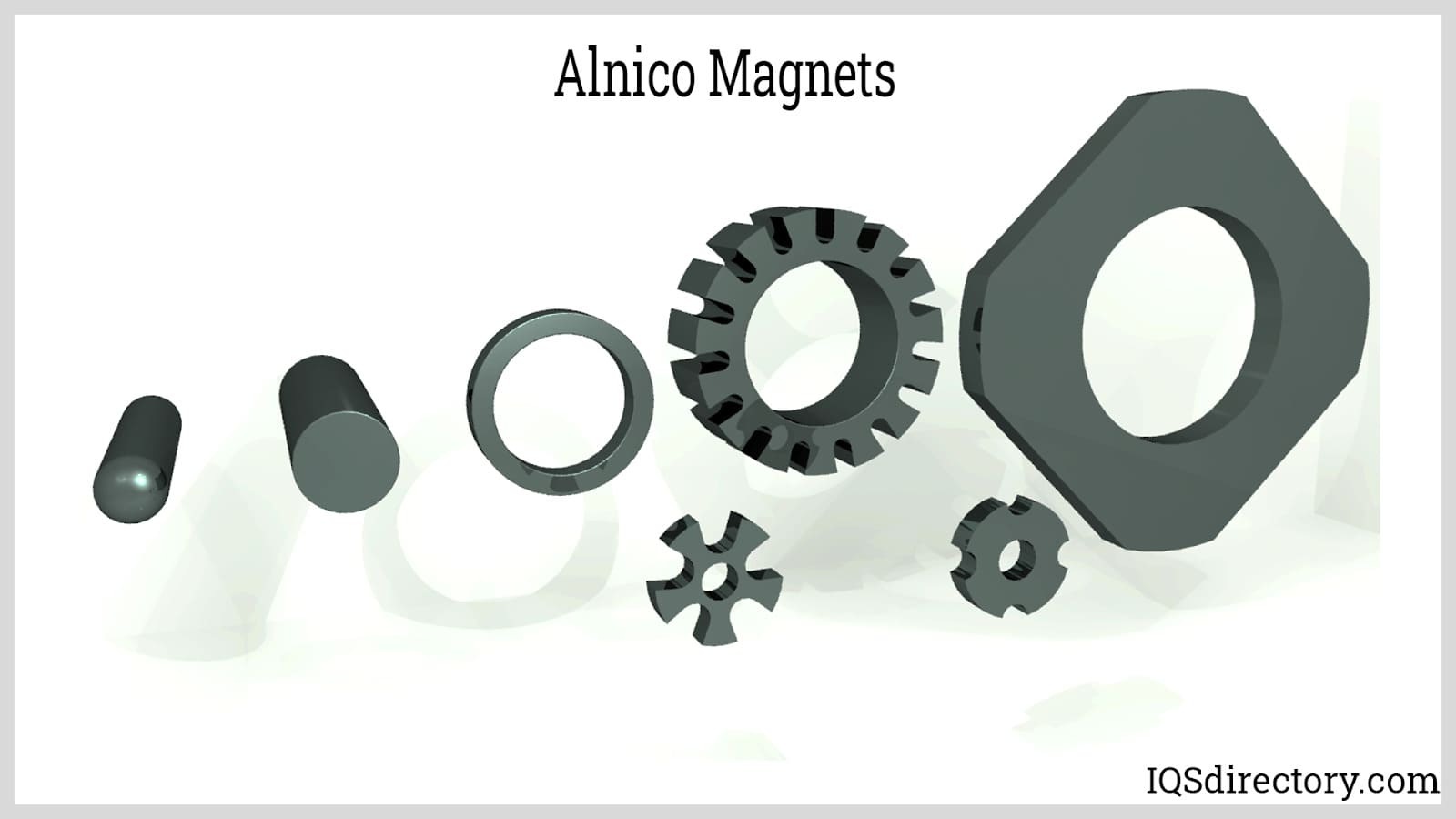
An Alnico magnet is a permanent magnet made by combiming aluminum, nickel, iron, cobalt, and other elements. They come in isotropic, non-directional, or anisotropic, mono-directional, form...
Please fill out the following form to submit a Request for Quote to any of the following companies listed on
This includes everything you ever wanted to know about neodymium magnets and their use.
You will learn:

Neodymium magnets, often abbreviated as Nd-Fe-B magnets, are highly powerful rare earth magnets crafted from an alloy that includes neodymium (Nd), iron (Fe), boron (B), and additional transition metals. They are renowned for their remarkable magnetic field intensity, reaching up to 1.4 teslas (T), which enables exceptional performance across numerous applications due to their significant magnetic flux density.
The manufacture of neodymium magnets involves two primary techniques: sintering and bonding. Since their debut in 1984, these magnets have dominated the market as the most prevalent type due to their impressive strength and efficiency.
In its pure state, neodymium is ferromagnetic, but it only becomes magnetized at temperatures that are exceedingly low. However, when alloyed with metals like iron, neodymium achieves magnetization at room temperature.
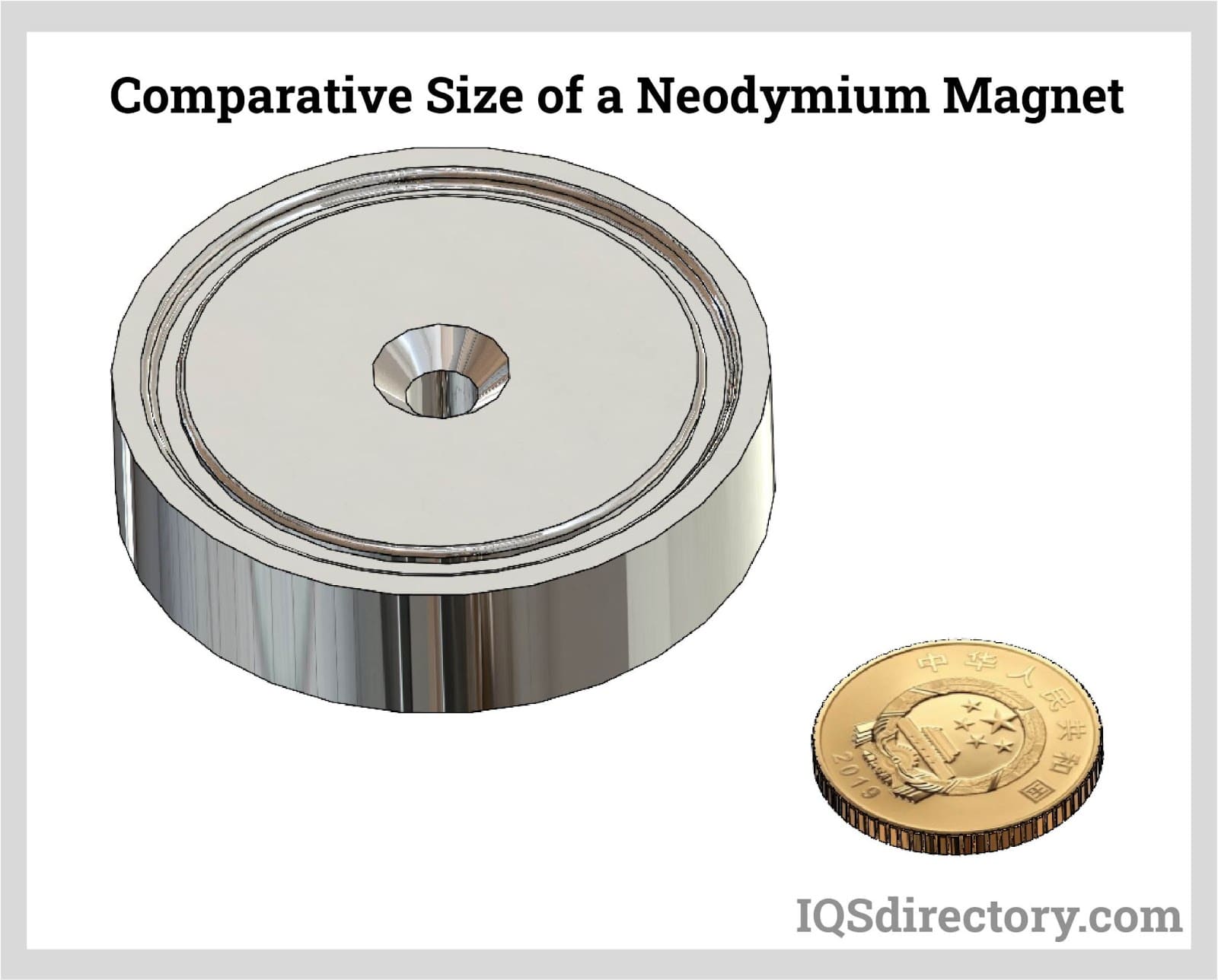
The category of rare earth magnets includes neodymium and samarium cobalt types. Before neodymium magnets revolutionized the industry, samarium cobalt magnets (SmCo) were predominant. However, neodymium magnets have largely replaced them due to the high costs associated with producing samarium cobalt magnets.
Despite being less potent than neodymium magnets, samarium cobalt magnets boast a greater tolerance for high temperatures and excellent corrosion resistance, making them ideal for tough environments and situations where robustness is a priority.
Neodymium magnets, often referred to as NdFeB magnets or rare earth magnets, are renowned throughout the magnet industry for their outstanding magnetic strength and compact size. As the strongest type of permanent magnet commercially available, neodymium magnets have revolutionized modern technology, powering everything from electric motors and wind turbines to headphones, medical devices, and magnetic separators. The exceptional strength of neodymium magnets results from the alignment of their atomic dipoles under a magnetic field, a phenomenon quantified in their magnetic hysteresis loop. Even after the external field is removed, a significant portion of this atomic alignment is retained within the neodymium magnet, making these magnets highly efficient for a wide range of applications.
Understanding the grades of neodymium magnets is vital for users who need to evaluate magnetic performance for specific industrial or consumer applications. Grades signify the maximum energy product of a magnet and are expressed in mega gauss oersteds (MGOe), which is a direct indicator of the peak values in the BH Curve—a critical factor in determining the strength and efficiency of neodymium magnets. Higher grades represent stronger magnets with greater magnetic field intensity and greater resistance to demagnetization.
The widely used "N" grading scale encompasses ratings from N30 to N52, and in advanced applications such as aerospace and advanced electronics, N55 magnets have become available, boasting a 6% increase in magnetic strength over N52. Letter suffixes such as SH (Super High), UH (Ultra High), and EH (Extra High) denote enhanced properties, specifically the coercivity (Hc) of the neodymium magnet, which measures its ability to maintain magnetization at elevated temperatures. Selecting the right grade and temperature performance is essential—higher coercivity ensures neodymium magnets resist demagnetization in high-temperature environments.
Previously, N52 stood at the pinnacle of neodymium magnet strength, but the development of N55 neodymium magnets, now regarded as the strongest rare earth magnets available, has further expanded possibilities for compact yet powerful designs. Industries such as renewable energy, electronics, and automotive manufacturing increasingly rely on premium grades like N52 and N55 when optimal magnetic flux and limited space are critical factors.
The chart below provides details on the most commonly used grades of neodymium magnets today to help users compare magnetic properties and select the best magnet for specific industrial or commercial applications.
| Nxx | NxxM | NxxH | NxxSH | NxxUH | NxxEH |
| N30 | N30M | N30H | N30SH | N28UH | N28EH |
| N33 | N33M | N33H | N33SH | N30UH | N30EH |
| N35 | N35M | N35H | N35SH | N33UH | N33EH |
| N38 | N38M | N38H | N38SH | N35UH | N35EH |
| N40 | N40M | N40H | N40SH | N38UH | N38EH |
| N42 | N42M | N42H | N42SH | N40UH | N33VH |
| N45 | N45M | N45H | N45SH | N33AH | |
| N48 | N48M | N48H | |||
| N50 | N50M | ||||
| N52 |
The approximate maximum working temperature for each neodymium magnet grade is provided below. Select the grade that matches your performance needs, as exceeding recommended temperature ratings can diminish magnetic strength or lead to irreversible demagnetization. The "XX" represents the maximum energy product in MGOe, a key factor when evaluating neodymium magnets for use in motors, sensors, medical equipment, and other advanced applications.
| Neodymium Grade | Max Temp |
| Nxx 12000 Oe | 80 C/175 F |
| NxxM 14000 Oe | 100 C/212 F |
| NxxH 17000 Oe | 120 C/248 F |
| NxxSH 20000 Oe | 150 C/302 F |
| NxxUH 25000 Oe | 180 C/356 F |
| NxxEH 30000 Oe | 200 C/392 F |
| NxxVH 35000 Oe | 230 C/446 F |
| NxxAH 35000 Oe | 230 C/446 F |
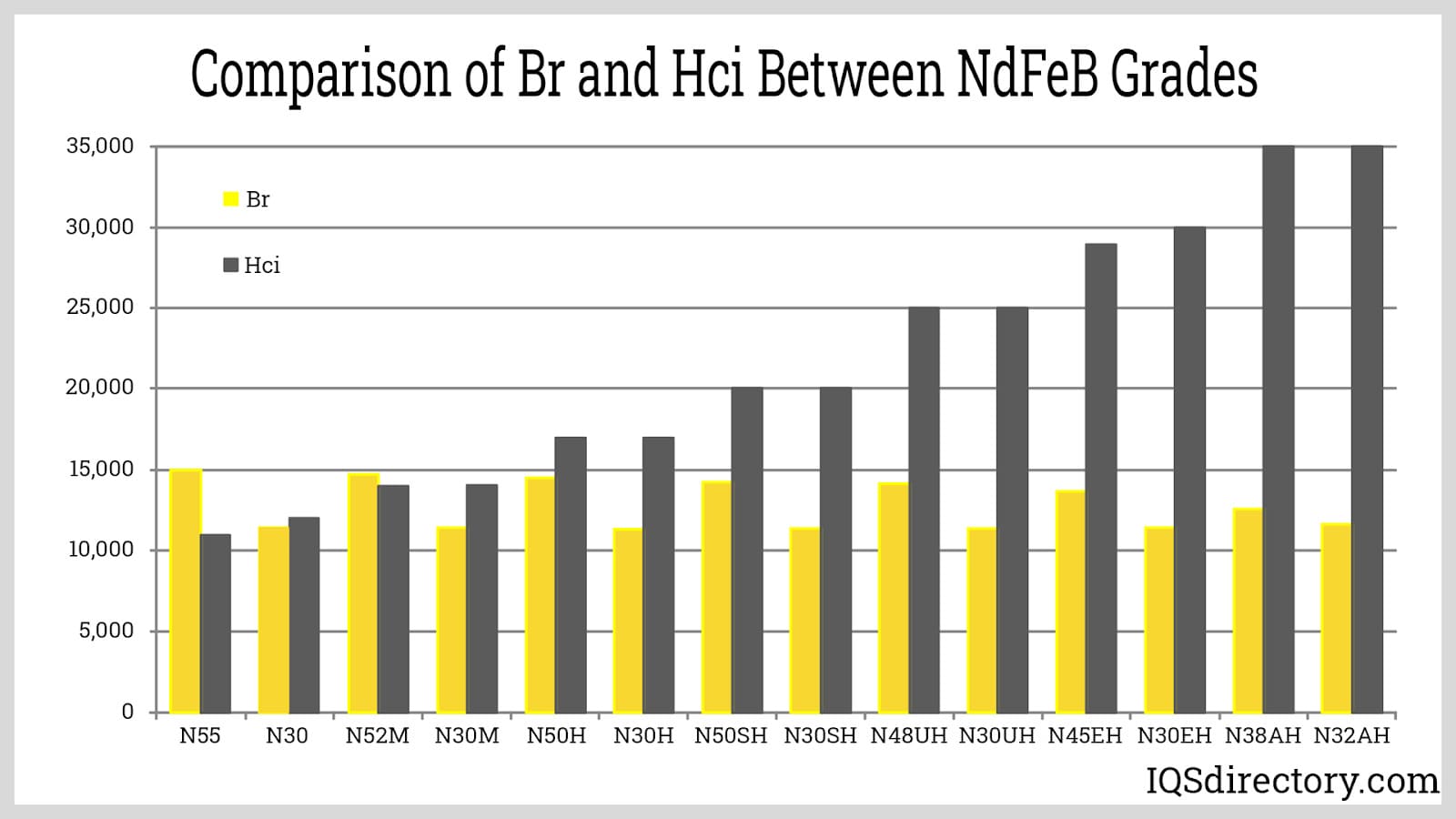
Remanence, or residual magnetism, is a critical property of neodymium magnets (NdFeB magnets) and greatly influences their utility in various applications. When neodymium is exposed to a strong magnetic field, its atomic dipoles become aligned. Even after this external field is removed, a substantial portion of the alignment endures, resulting in powerful, long-lasting magnetization. Technically, remanence refers to the residual magnetic flux density—measured in teslas (T)—that remains when the external field decreases from saturation to zero. High remanence means increased magnetic flux density, an essential parameter in magnetic assemblies, electric motors, and magnetic coupling devices.
The remanence of neodymium magnets varies according to their manufacturing process. Sintered neodymium magnets, made using powder metallurgical techniques, typically exhibit remanence values from 1.0 to 1.4 T, making them some of the most powerful permanent magnets available. By comparison, bonded neodymium magnets offer a more flexible form factor but have lower remanence, usually around 0.6 to 0.7 T. This makes sintered neodymium the preferred choice for high-strength, compact magnet applications.
Coercivity, the measure of a magnet's resistance to demagnetization, plays a vital role in the performance and durability of neodymium magnets. After magnetization, these rare earth magnets retain their magnetic field even in the absence of an external magnetic influence. However, when subjected to an opposing magnetic field or elevated temperatures, a certain threshold, known as the coercive force (Hc), needs to be exceeded to demagnetize the magnet.
Coercivity in neodymium magnets is typically quantified in oersteds (Oe) or ampere turns per meter (A/m). Sintered neodymium magnets offer exceptional coercivity, with a range of 750 Oe to 2000 Oe, while bonded neodymium magnets fall within 600 Oe to 1200 Oe. Enhanced grades like SH, UH, and EH are engineered for environments where strong resistance to demagnetization and elevated working temperatures are required, commonly found in sectors such as aerospace or automotive engineering.
The magnetic energy product, commonly referred to as (BH)max, is a primary metric for evaluating the power of neodymium magnets. It represents the maximum product of magnetic flux density (B) and magnetic field strength (H), expressed in units such as Mega Gauss Oersteds (MGOe). Higher (BH)max values equate to stronger magnetic fields and higher efficiency in magnetic circuits, making neodymium magnets the preferred solution for high-performance motor applications, advanced magnetic assemblies, and miniaturized components where space-saving is essential.
Magnetic flux density (B) is measured in teslas (SI) or gauss (CGS), with common applications utilizing magnets with values up to 6000 Gauss. For precise measurement in engineering and manufacturing environments, a gaussmeter or teslameter is used. The linear demagnetization curve of neodymium magnets ensures predictable, stable performance over the magnet’s lifecycle.
Permanent magnets like neodymium types maintain their B field both within the magnet and in the surrounding area, which can be crucial for magnetic sensing, separation, or actuation. For intricate magnetic designs, advanced simulation software aids in calculating precise flux densities and magnetic field distributions based on magnet geometry, orientation, and material properties.
When selecting a neodymium magnet for your project, it’s important to compare energy products and flux density needs against application demands, factoring in size constraints, environmental conditions, and essential safety considerations.
The Curie temperature, or Curie point, indicates the critical temperature at which a neodymium magnet loses its ferromagnetic properties and becomes paramagnetic. At temperatures approaching 320°C (608°F), the molecular alignment that causes magnetism rapidly disperses, causing the magnet to lose its effective magnetic field. Understanding the Curie temperature is particularly important when selecting magnets for high-temperature environments, including electric vehicle drive trains, wind turbines, and other heavy-duty applications subjected to thermal stress.
In neodymium magnets, increased temperatures can initially cause an increase in coercivity, but as the Curie temperature nears, a sharp decrease in both magnetic strength and coercivity occurs. Prolonged exposure to temperatures beginning at 80°C (176°F) can result in a gradual and eventually irreversible loss of magnetic properties, so careful grade selection and proper thermal management are vital for optimal performance and longevity.
Magnet experts often recommend using high-coercivity neodymium grades (e.g., SH, UH, EH) for environments where elevated temperatures are expected, ensuring that magnetic assemblies for critical industrial, automotive, and electronic systems remain stable over their intended lifespan.

Choosing the ideal neodymium magnet involves considering multiple performance factors:
For specific requirements, consulting with a trusted neodymium magnet manufacturer or supplier can help ensure the perfect match for your project, enabling you to achieve optimal performance, durability, and cost-effectiveness while minimizing risk of failure. Whether you need strong holding force, miniaturization, or specialized thermal characteristics, today’s high-performance neodymium magnets offer a solution for virtually every high-tech application.
Neodymium magnets, also known as NdFeB magnets or rare earth magnets, are produced through highly specialized manufacturing processes that influence their strength, durability, and application range. The two primary production techniques are sintering and bonding, each resulting in magnets with distinct properties. Sintered neodymium magnets typically offer higher magnetic performance, making them ideal for demanding applications, while bonded magnets provide design flexibility and corrosion resistance.
The initial stage in manufacturing high-strength neodymium magnets involves combining Neodymium, Iron, and Boron—sometimes with other elements such as cobalt, copper, gadolinium, or dysprosium to improve thermal stability, coercivity, or corrosion resistance. These rare earth metals are precisely measured and melted in a vacuum induction furnace. Utilizing a vacuum environment with electrical eddy currents ensures material purity, prevents oxidation, and allows for tight control over the final alloy properties. Neodymium magnet grades can vary based on the specific alloy composition, which is often tailored to the end-use, whether for strong motor magnets, consumer electronics, or specialized industrial equipment.
After cooling, the resulting metal alloy is broken down into manageable blocks before entering a jet milling process. Milling is typically performed in a nitrogen or argon atmosphere to minimize oxidation, producing an ultra-fine powder with particles less than several microns in size. The uniform microstructure achieved during this step is critical in achieving the high energy product (BHmax) sought in applications like electric vehicle motors, wind turbines, and medical devices that rely on powerful neodymium magnets.
The ultra-fine powder is then dry or wet pressed into a mold using a process called isostatic or die pressing. This molding is conducted at about 725°C, with the mold being slightly oversized to account for shrinkage during sintering. To achieve optimal magnetic alignment (anisotropy), a powerful magnetic field is often applied during pressing, orienting the magnetic domains in a single direction. Some advanced manufacturing systems use fixtures to generate precise magnetic fields at this stage, optimizing the final magnet’s maximum energy density, a key factor in high-performance applications.
Once pressed, the resulting "green" magnet is naturally brittle and only lightly held together. It is demagnetized temporarily to ease subsequent handling and machining. The compact is then ready for the critical phase of sintering.
Sintering, also referred to as frittage, involves heating the "green" compact under tightly controlled conditions (up to 1080°C) in an oxygen-free or inert gas atmosphere. This densifies the structure and imparts the neodymium-iron-boron magnet with its strong, permanent magnetic properties. Stringent process control is essential, as improper sintering may result in lower magnetic strength or vulnerability to demagnetization. Rapid cooling—or thermal quenching—helps lock in the desired magnetic and mechanical properties, reducing oxidation and the risk of phase changes that could compromise performance.
By managing the sintering curve carefully, manufacturers can achieve high coercivity (resistance to demagnetizing forces), critical for applications such as MRI machines, electric motors, and high-efficiency generators.
Following sintering, the magnets are machined to precise tolerances. Diamond grinding wheels or wire electrical discharge machining (EDM) are used because neodymium magnets are brittle and prone to chipping. Accurate shaping is crucial for custom neodymium magnet assemblies employed in robotics, sensors, and renewable energy technologies.
Neodymium magnets are exceptionally strong but susceptible to corrosion and oxidation, which can quickly deteriorate their magnetic power. To ensure longevity and environmental resistance, the finished magnets are coated with protective layers such as nickel, copper, zinc, or tin. For specialized uses, an additional epoxy resin or plastic coating may be applied. These protective layers make sintered neodymium magnets suitable for humid or harsh environments, including automotive, aerospace, and marine applications.
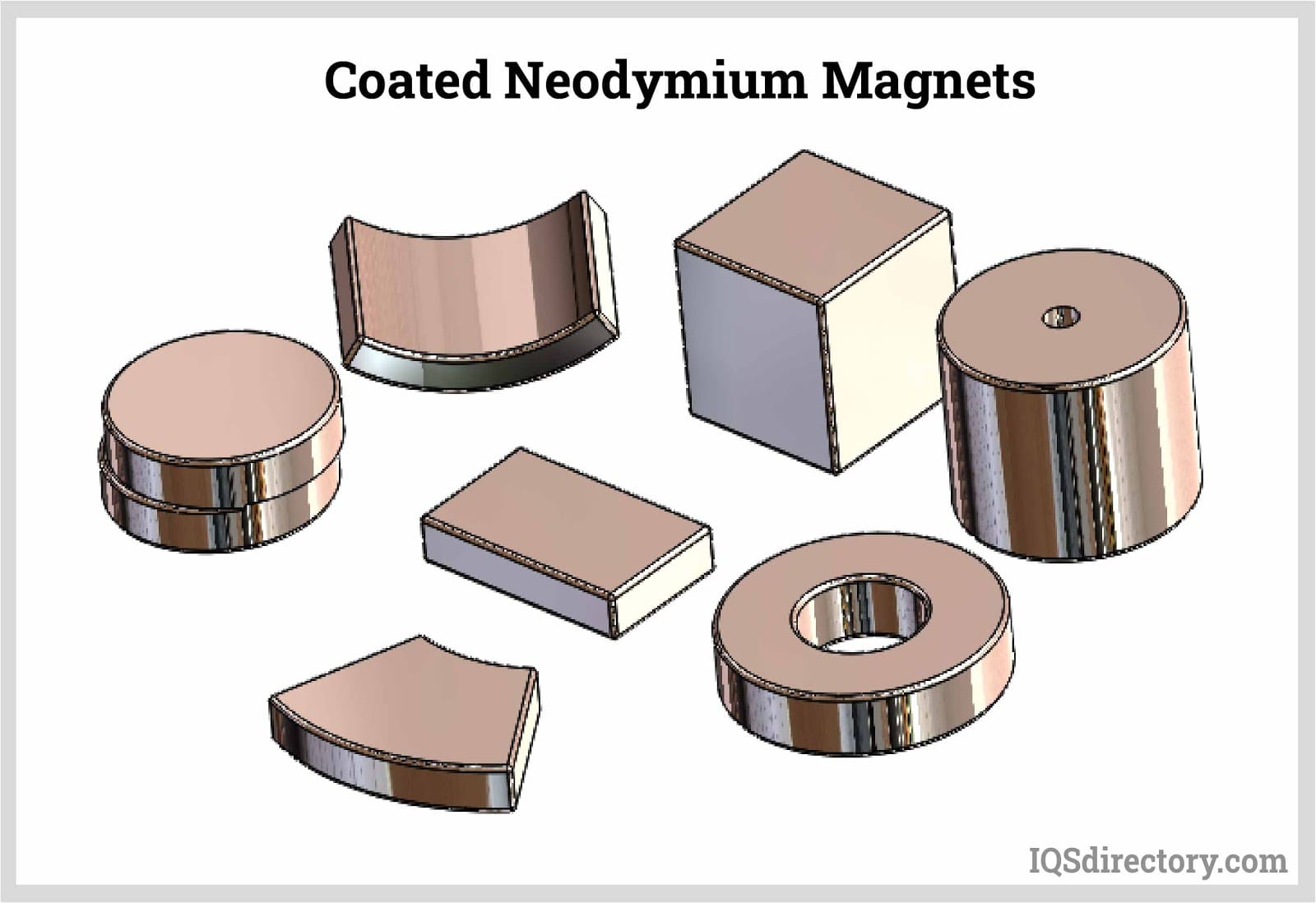
Although the finished piece is structurally complete, it only becomes a fully functional permanent magnet after being subjected to a strong external magnetizing field. This is achieved by discharging a large current through a coil to create an intense magnetic field, aligning all domains within the neodymium magnet. The result is a high remanence (residual magnetism) and maximum magnetic energy product—qualities highly valued in compact electromagnetic assemblies, high-speed motors, and advanced electronic devices.
Stringent quality control measures are necessary to ensure each neodymium magnet meets industry standards. Digital measuring projectors and coordinate measuring machines (CMMs) verify the magnet's physical dimensions to tight tolerances. To check corrosion resistance and proper coating application, x-ray fluorescence analyzers are employed. Additional mechanical and environmental testing—such as pull force, temperature cycling, and salt spray tests—ensure the magnets will perform reliably in real-world applications. The magnetic performance is routinely validated by plotting the BH curve (hysteresis graph), verifying properties such as coercivity and maximum energy product before shipment.
Bonded neodymium magnets, also called compression bonded or injection molded magnets, combine neodymium powder with an epoxy binder—typically a composition of 97% magnetic material and 3% resin. This blend is pressed in a high-pressure mold or extruded into complex shapes, then heat-cured to form precise magnet geometries. Unlike sintered magnets, bonded neodymium magnets are isotropic, meaning they can be multi-pole magnetized in almost any configuration, which adds design flexibility for highly specialized parts such as miniature motors, actuators, and custom fasteners.
The resulting composite magnets offer excellent resistance to cracking, are dimensionally stable, and are often used where thinner cross-sections or intricate shapes are required. Because the magnets are formed to near-net shape, further machining is minimal or unnecessary. However, although bonded magnets offer greater corrosion resistance and design flexibility, they generally have slightly lower maximum magnetic strength compared to sintered neodymium magnets, making them best for applications requiring moderate pull force and enhanced durability—such as precision sensors, automotive components, and consumer electronics.
Compression bonded magnets are valued for efficient mass production and versatility. Epoxy binding allows these magnets to be shaped using conventional milling or lathing (but not drilling or tapping due to brittleness). Their isotropic orientation enables radial or axial magnetization, which can be exploited for brushless motors, magnetic couplings, and advanced actuator systems.
Radially oriented (radial sintered) neodymium magnets signify a significant advancement in magnet engineering, offering superior performance in electromagnetic applications. Previously considered too complex or expensive to manufacture, recent innovations have improved the cost-effectiveness of these highly engineered magnets.
Manufacturing radially aligned magnets involves sophisticated techniques, including anisotropic pressure molding, hot pressing with backward extrusion, and radial rotating field alignment. Each method aligns the microstructure for optimal magnetic performance, producing ring magnets with a unique radial orientation. This structure eliminates weak points and maximizes the working surface, delivering uniform flux and high torque in rotating machinery.
A key feature of radial magnets is their ability to direct the magnetic field around the circumference of the ring, with the south pole on the inner diameter and the north pole on the outer edge. This configuration is essential for high-efficiency, low-vibration motors and precision rotary sensors, especially those used in the automotive industry, computer hard drives, high-performance electric motors, robotics, and advanced servo mechanisms.
Radially oriented neodymium magnets demonstrate significant anisotropic properties, offering higher energy density and improved performance in applications requiring consistent magnetic strength throughout the component. Their versatility has led to wide adoption in synchronous motors, stepper motors, DC brushless motors, and critical sectors such as electric vehicles, industrial automation, renewable energy, and telecommunications. Understanding these advanced manufacturing methods and material properties enables engineers and buyers to select the ideal magnet for their specific needs, balancing strength, efficiency, and operational life.
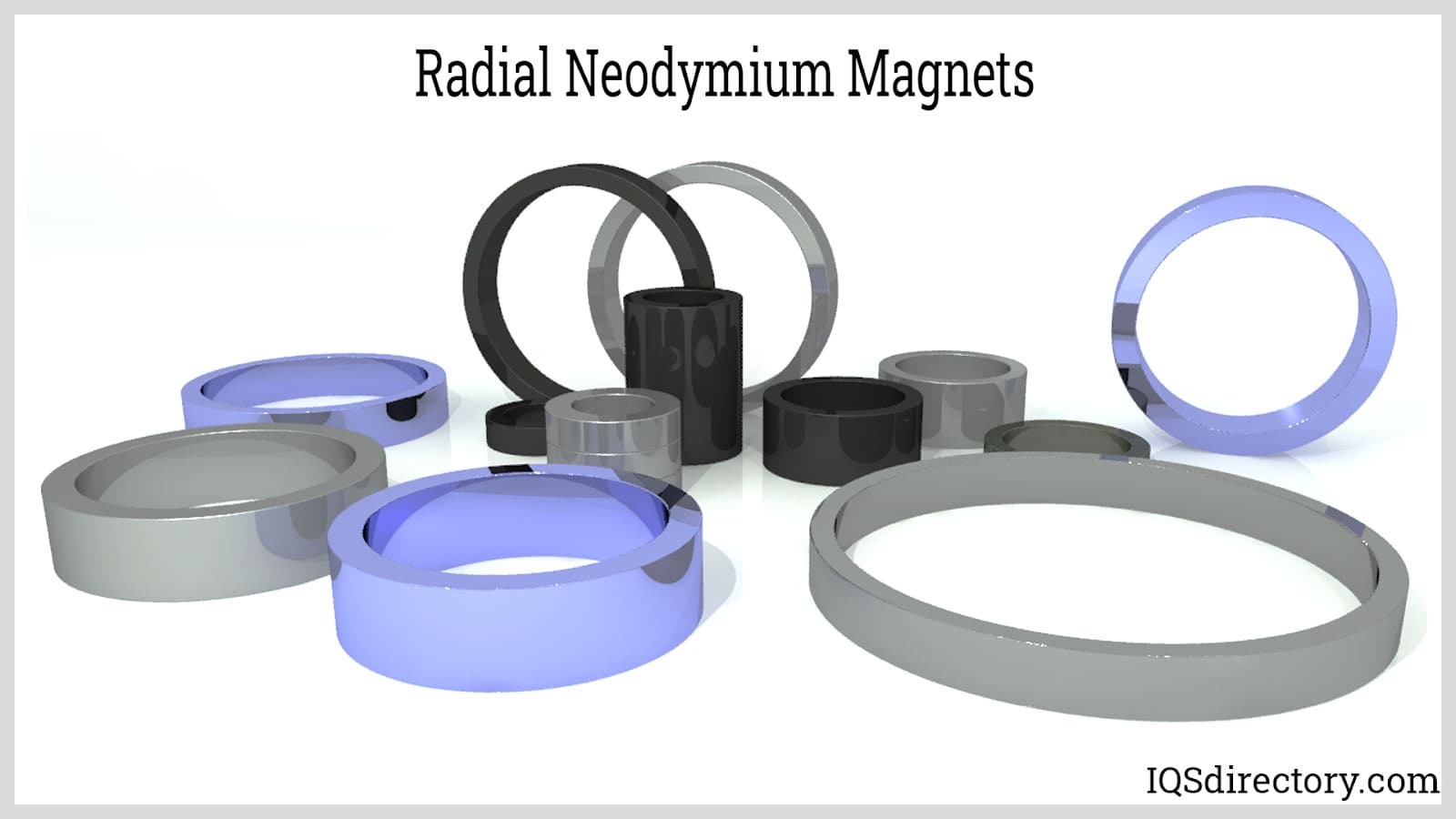
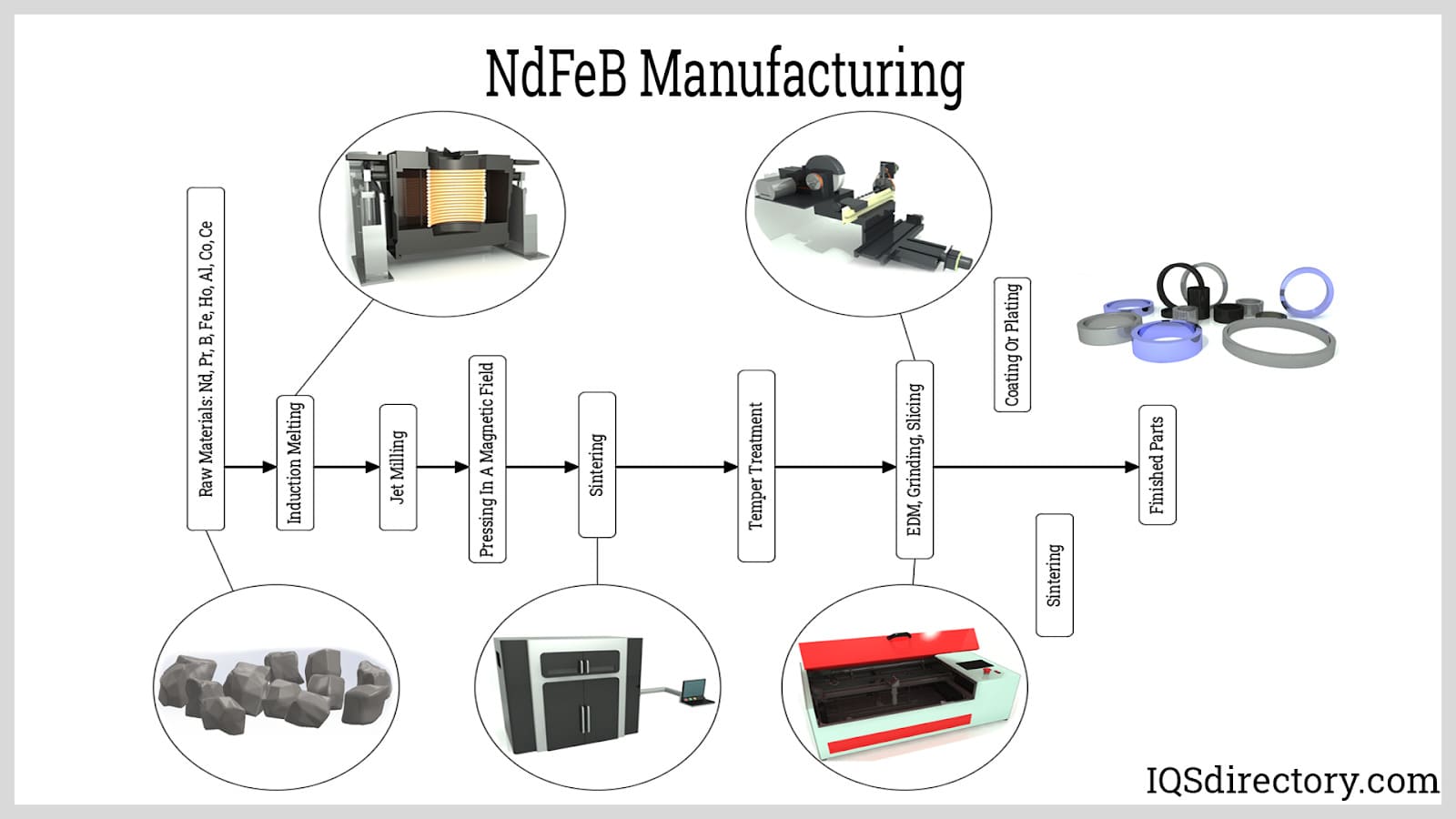
Neodymium magnets have the highest magnetic energy product and magnetic flux density, thanks to the alignment of atomic dipoles. Grades like N52 and N55 provide especially strong fields, outperforming other rare earth options such as samarium cobalt magnets.
Neodymium magnets are made by either sintering or bonding. Sintering produces higher strength magnets through melting, powdering, pressing, sintering, machining, plating, magnetization, and inspection. Bonded magnets combine powdered alloy with epoxy resin for more flexible shapes but somewhat lower strength.
Key properties include grade (N35 to N55), coercivity, remanence, maximum energy product, Curie temperature, size, shape, and corrosion resistance. Grade impacts magnetic strength, while coercivity determines resistance to demagnetization, especially at higher temperatures.
High temperatures can reduce strength or irreversibly demagnetize neodymium magnets. Specialized grades like SH, UH, or EH withstand higher temperatures (up to 200°C/392°F), but standard grades may lose strength starting at 80°C (176°F).
Radially oriented neodymium magnets direct magnetic fields circumferentially, maximizing uniformity and torque in motors and rotary sensors. Their advanced structure eliminates weak points and delivers high anisotropic performance for demanding applications like electric vehicles and robotics.
Evaluate required magnetic strength, operating temperature, coercivity, size, shape, and corrosion resistance for your specific industrial application. Consulting with magnet manufacturers ensures the best grade and type for performance, longevity, and environmental suitability.
Since their introduction in the early 1980s, neodymium magnets have become the most prevalent type among various magnets. They are utilized in numerous everyday items, including disk drives and magnetic components in cars and airplanes. Neodymium magnets can be manufactured in a range of sizes while maintaining their original magnetic strength.
In the demonstration shown below, the conveyor belt is equipped with neodymium magnets arranged with alternating poles facing outward. This configuration provides a strong magnetic grip. Objects that are not magnetic will fall off, while ferromagnetic materials are attracted and collected in a bin.
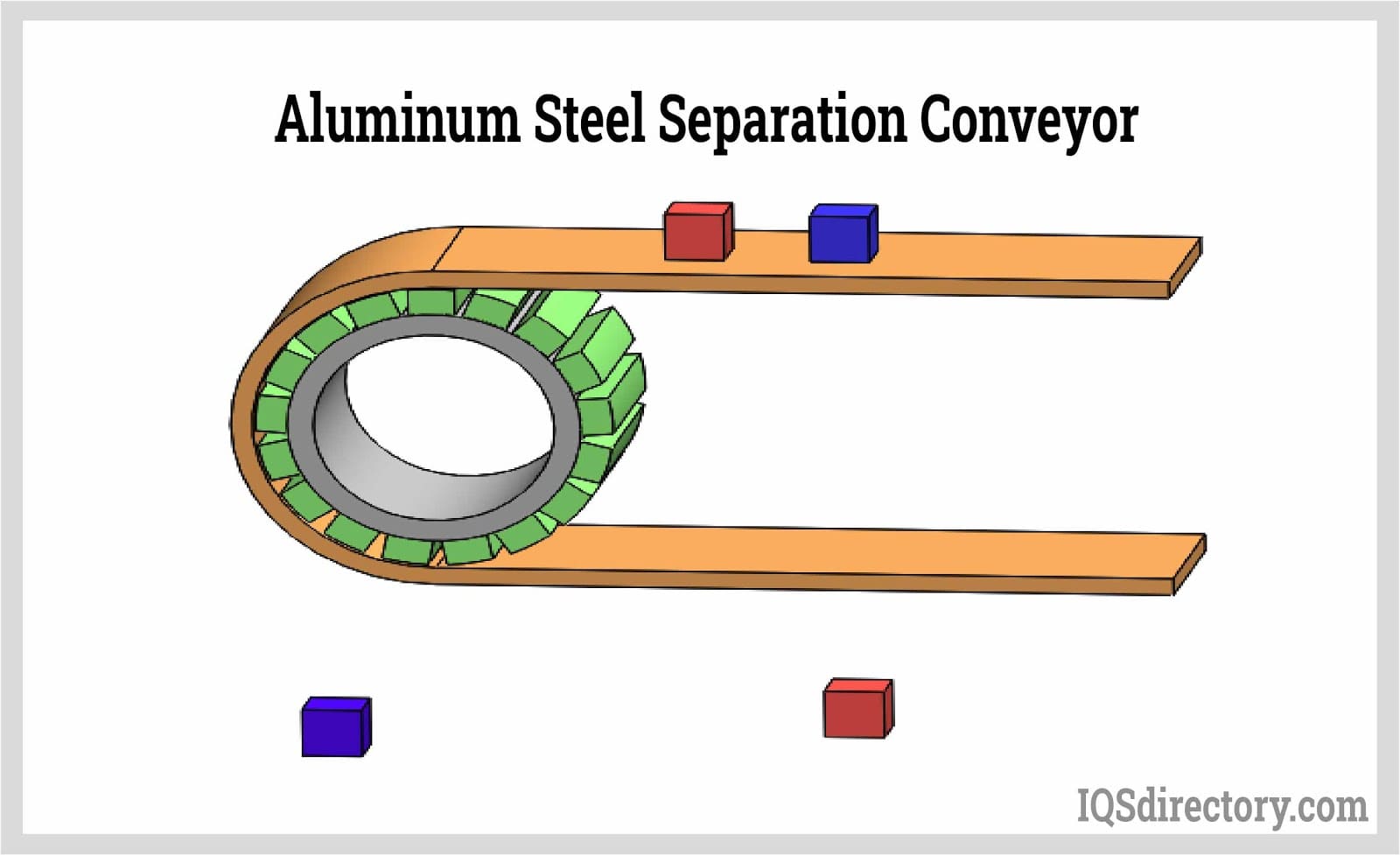
Hard drives contain tracks and sectors filled with magnetic cells. These cells are magnetized to store data when information is written to the drive.
Neodymium magnets are employed in water treatment systems to help mitigate scaling caused by hard water, which contains high levels of calcium and magnesium. In magnetic water treatment, water flows through a magnetic field that aims to capture and reduce scale buildup. While this technology has not yet been universally accepted as fully effective, there have been some promising results.

A reed switch is an electrical switch operated by a magnetic field. They have two contacts and metal reeds in a glass envelope. The contacts of the switch are open until activated by a magnet.
Reed switches are employed in various mechanical systems as proximity sensors, such as in doors and windows for burglar alarms and tamper-proofing. In laptops, reed switches trigger sleep mode when the lid is closed. Additionally, pedal keyboards for pipe organs utilize reed switches enclosed in glass to shield the contacts from dirt, dust, and debris.
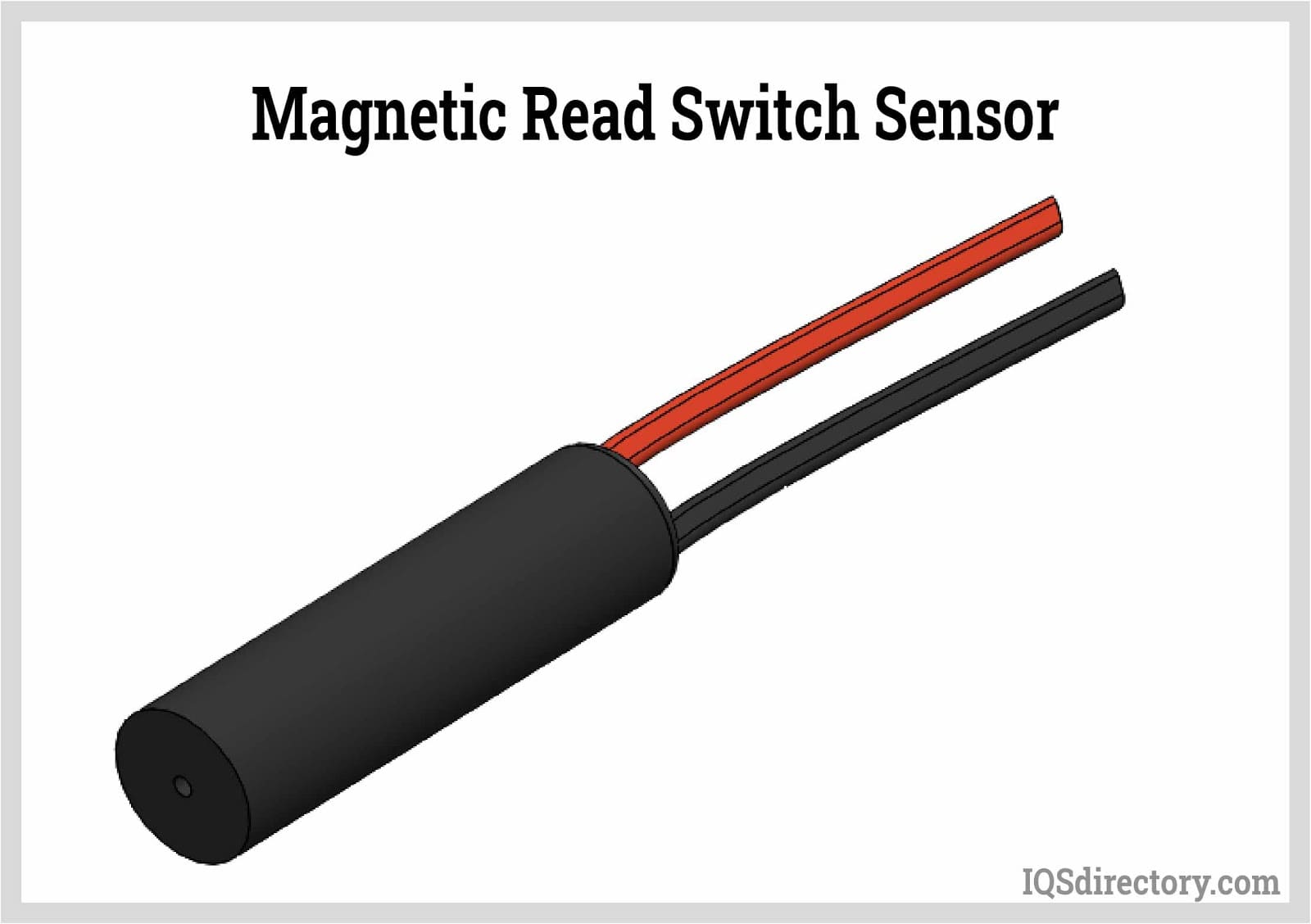
Neodymium sew-in magnets are commonly used for magnetic clasps on purses, clothing, and folders or binders. These sewing magnets are sold in pairs, with one magnet being positive (+) and the other negative (–).
Magnets embedded in a patient's jaw can help secure dentures in place. To protect the magnets from corrosion caused by saliva, they are coated with stainless steel plating. Additionally, a layer of ceramic titanium nitride is applied to prevent abrasion and minimize exposure to nickel.
Magnetic doorstops are mechanical devices designed to keep a door open. When the door swings open and makes contact with the magnet, it remains in place until it is manually pulled away from the magnet.
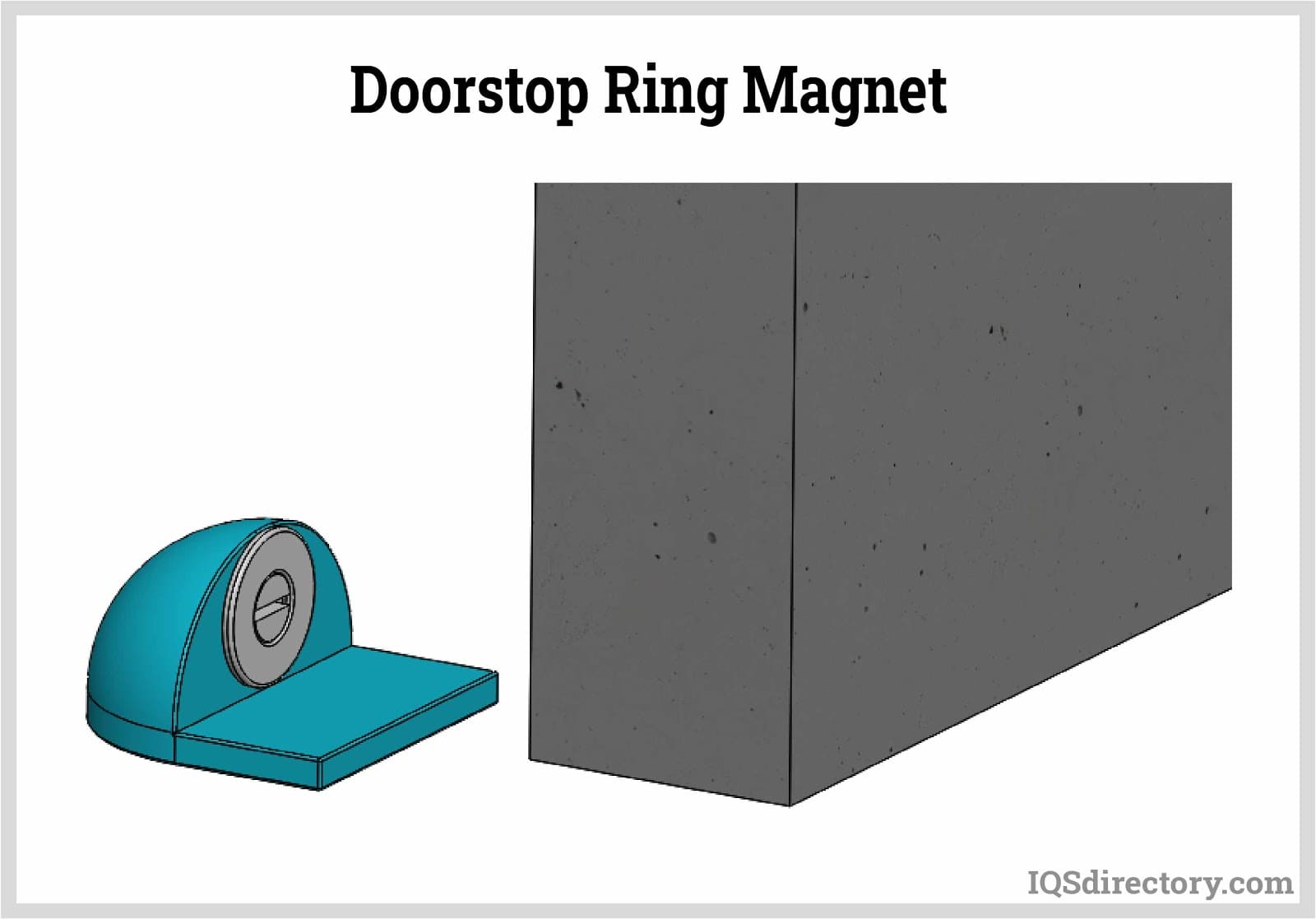
Magnetic jewelry clasps consist of two halves sold as a pair. Each half features a magnet encased in a non-magnetic housing. A metal loop on each half allows attachment to the chain of a bracelet or necklace. The housings are designed to interlock, which prevents side-to-side or shearing movement between the magnets, ensuring a secure connection.
Speakers transform electrical energy into mechanical energy or motion. This motion compresses air and converts it into sound energy or sound pressure levels. An electric current passing through a wire coil generates a magnetic field within a permanent magnet attached to the speaker. The voice coil interacts with this magnetic field, causing the cone to move back and forth. This movement creates pressure waves in the air, which we perceive as sound.
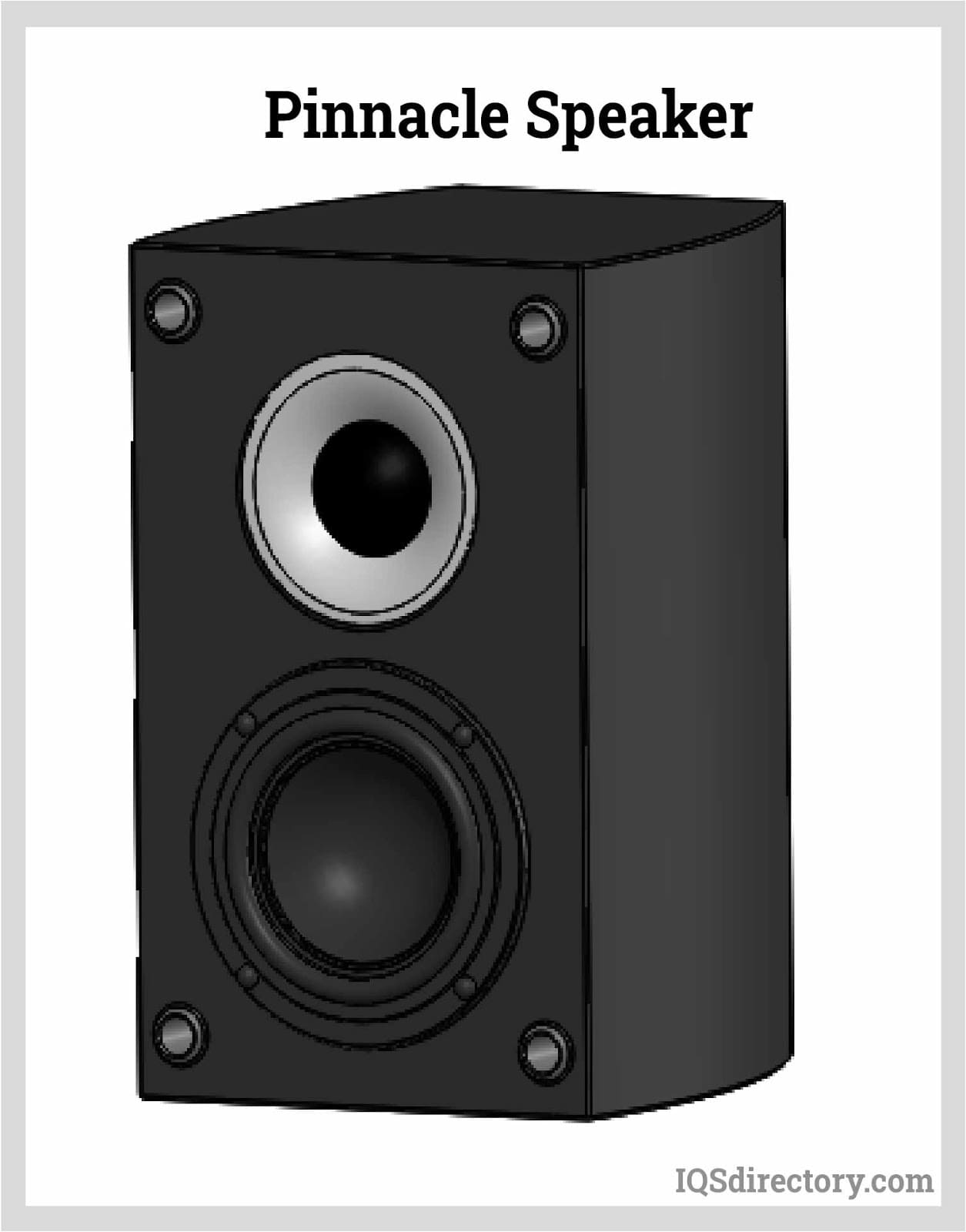
In anti-lock braking systems, neodymium magnets are embedded within copper coils in the brake sensors. The system manages wheel acceleration and deceleration by adjusting the brake line pressure. Control signals, generated by the system's controller and sent to the brake pressure modulating unit, are derived from wheel speed sensors.
As the sensor ring's teeth pass by the magnetic sensor, they cause changes in the magnetic field's polarity, generating a frequency signal that corresponds to the axle's angular velocity. This signal is then used to determine the wheels' acceleration.
Neodymium magnets, being among the most powerful and strongest magnets available, can pose significant risks if not handled properly. It is crucial to manage these magnets with care to avoid potential harm. Below are descriptions of some of the negative effects associated with neodymium magnets.
Neodymium magnets are capable of snapping together with great force, potentially pinching skin or causing serious injuries. They can attract from several inches to even feet apart, and if a finger is caught between them, it can result in severe harm or fractures. Due to their immense strength, the force between neodymium magnets can be unexpectedly intense compared to other types of magnets.
Neodymium magnets are brittle and can easily peel, chip, crack, or shatter if they collide with force, potentially sending sharp metal fragments flying at high speeds. Although they are made from metal and have a shiny appearance, their hardness makes them quite fragile. It is important to wear eye protection when handling neodymium magnets to prevent injury from these flying fragments.
Neodymium magnets are not toys and should not be handled by children. Small magnets pose a choking hazard, and if multiple magnets are swallowed, they can attract to each other through the intestinal walls, leading to severe health problems that necessitate immediate emergency surgery.
A magnetic field strength of ten gauss can affect pacemakers or defibrillators, as neodymium magnets generate powerful magnetic fields. These fields can interfere with pacemakers, implantable cardioverter-defibrillators (ICDs), and other implanted medical devices, potentially causing them to deactivate when exposed to magnetic fields.
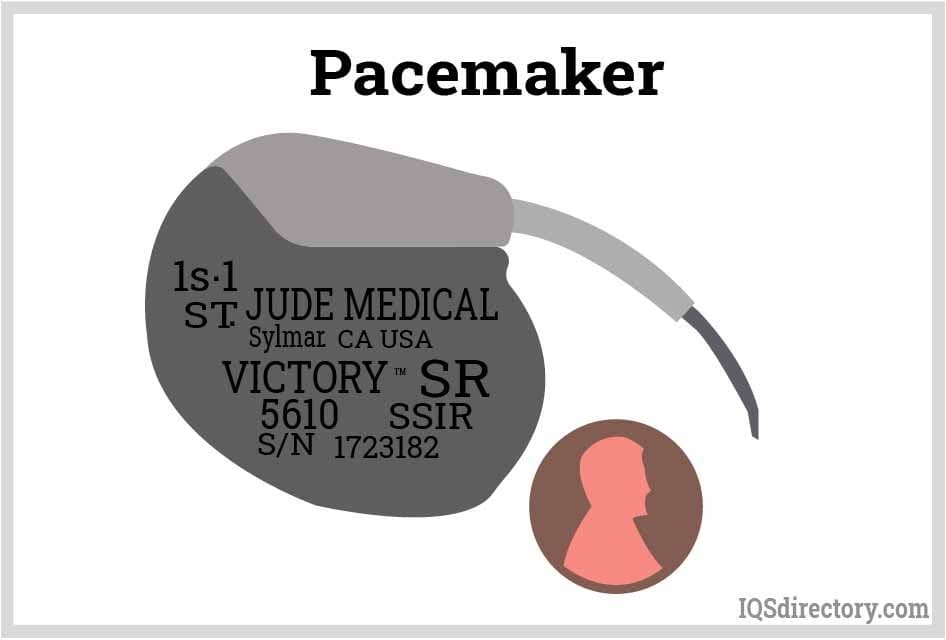
The intense magnetic fields produced by neodymium magnets can damage magnetic media, including floppy disks, credit cards, magnetic ID cards, cassette tapes, and video tapes. They can also adversely affect older electronic devices such as televisions, VCRs, computer monitors, and CRT displays. Therefore, neodymium magnets should be kept away from electronic appliances to avoid potential damage.
Magnetic fields can disrupt the operation of compasses, magnetometers, and the internal compasses found in smartphones and GPS devices. The International Air Transport Association (IATA) and U.S. federal regulations govern the shipping of magnets to ensure safe handling and transportation.
If you have a nickel allergy, your immune system treats nickel as a harmful substance and produces chemicals to combat it, leading to symptoms such as redness and skin rashes. Nickel allergies are more prevalent in women and girls, with about 36 percent of women under 18 affected. To prevent an allergic reaction, it is best to avoid neodymium magnets that are coated with nickel.
Neodymium magnets maintain their effectiveness up to 80°C (175°F). However, the temperature at which they start to lose their magnetic properties can vary depending on the grade, shape, and specific application of the magnets.
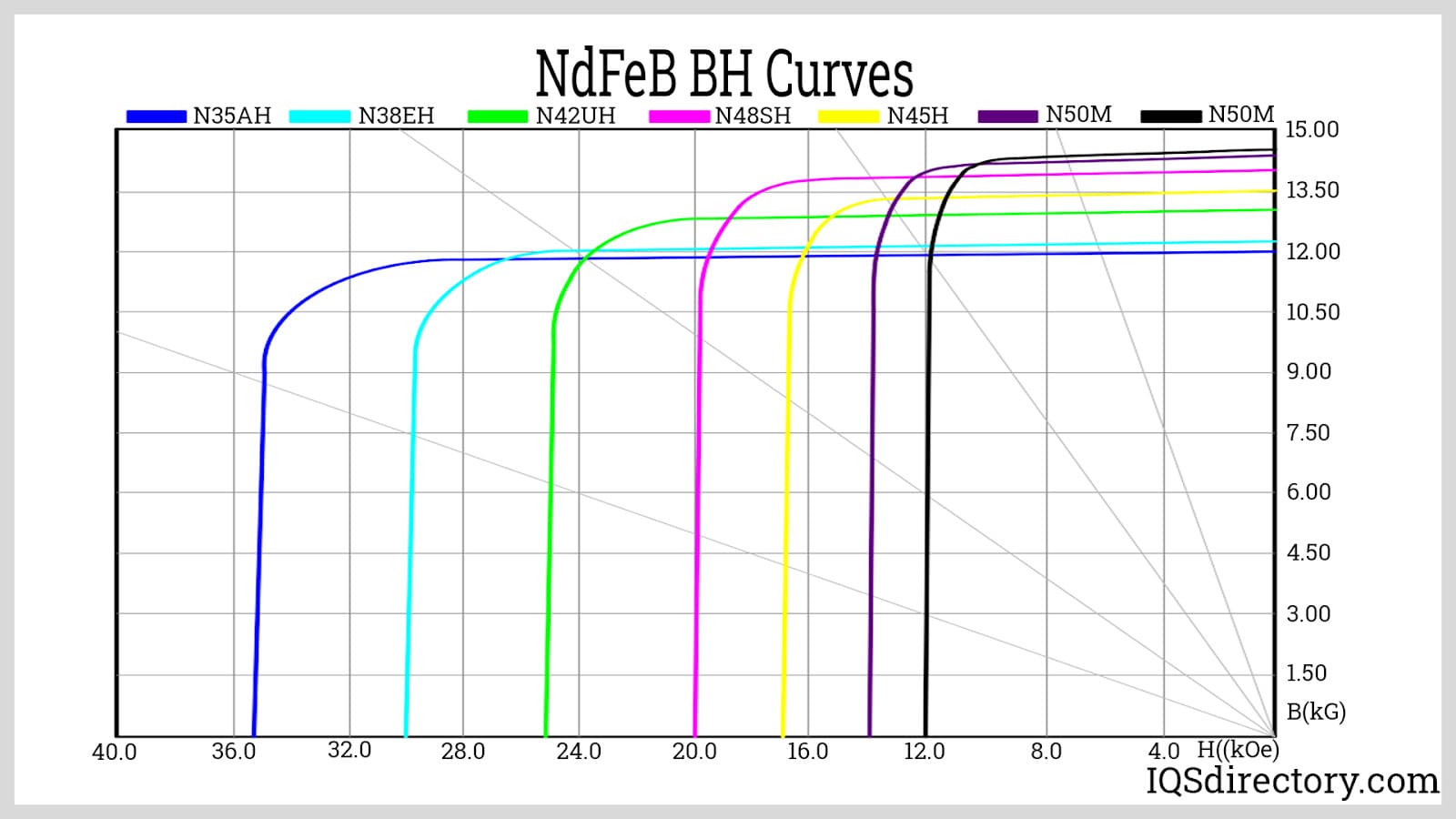
Neodymium magnets should not be drilled or machined, as the dust and powder generated during grinding are flammable.
Neodymium magnets are coated or plated to protect them from environmental damage. However, they are not waterproof and can rust or corrode if exposed to wet or moist conditions.
Despite their powerful magnetic fields, neodymium magnets are very brittle and require careful handling. Various industrial monitoring agencies have established regulations for their handling, manufacture, and shipping. Below is a brief overview of some of these regulations.
The American Society of Mechanical Engineers (ASME) sets standards for Below-The-Hook Lifting Devices. ASME Standard B30.20 covers the installation, inspection, testing, maintenance, and operation of lifting devices, including lifting magnets where the operator positions and guides the load. ASME Standard BTH-1 is applied in conjunction with ASME B30.20 to provide additional guidelines.
Hazard Analysis and Critical Control Points (HACCP) is an internationally recognized preventive risk management system focused on food safety. It addresses biological, chemical, and physical hazards by requiring the identification and control of risks at specific points in the production process. HACCP also provides certification for equipment used in food facilities, including separation magnets that have been specifically identified and certified for use in the food industry.
Magnetic separation equipment has been approved by the United States Department of Agriculture Agricultural Marketing Service as being in compliance for use with two food processing programs:
Certification is based on the following two standards or guidelines:
The Restriction of Hazardous Substances (RoHS) regulations restrict the use of lead, cadmium, polybrominated biphenyl (PBB), mercury, hexavalent chromium, and polybrominated diphenyl ether (PBDE) flame retardants in electronic equipment. Because neodymium magnets can pose hazards, RoHS has established standards for their handling and use.
Magnets are classified as dangerous goods for shipments outside the Continental United States to international destinations. For air transport, any packaged material must have a magnetic field strength of 0.002 Gauss or more at a distance of seven feet from any point on the surface of the package.
Packages containing magnets shipped by air must be tested to ensure they meet established standards. The magnetic field strength must be less than 0.00525 Gauss at a distance of 15 feet from the package. For powerful magnets, appropriate shielding is required. Due to potential safety hazards, there are numerous regulations and requirements governing the air shipment of magnets.
The Restriction, Evaluation, and Authorization of Chemicals (REACH) is an international regulation within the European Union that sets standards for hazardous materials. It provides guidelines and documentation for the proper use, handling, and manufacture of magnets, with a focus on their application in medical devices and electronic components.

An Alnico magnet is a permanent magnet made by combiming aluminum, nickel, iron, cobalt, and other elements. They come in isotropic, non-directional, or anisotropic, mono-directional, form...
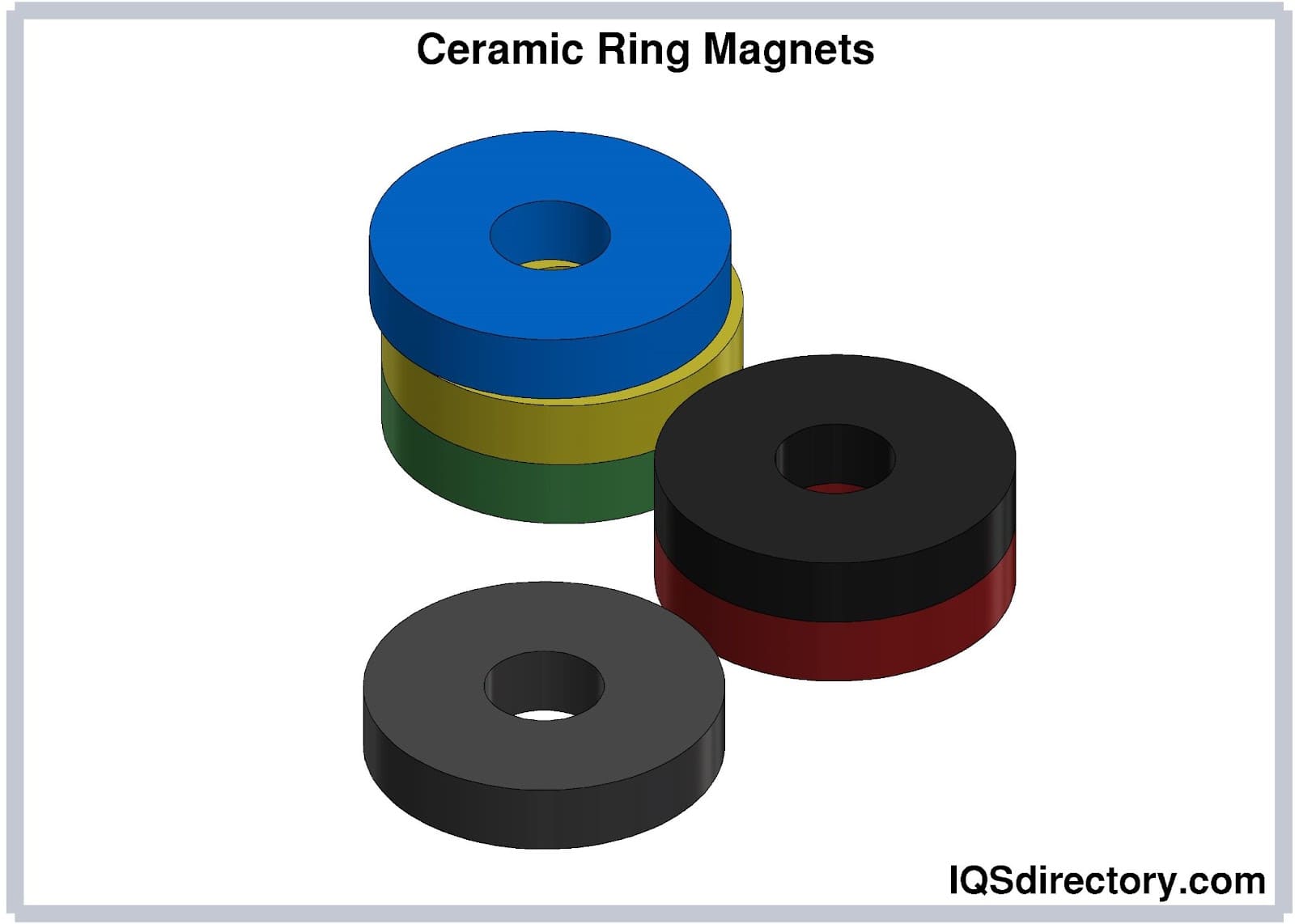
A ceramic magnet, also known as a ferrite magnet, is a permanent magnet made by combining iron oxide and strontium carbonate. They are a man made magnet produced by heating the two elements to...
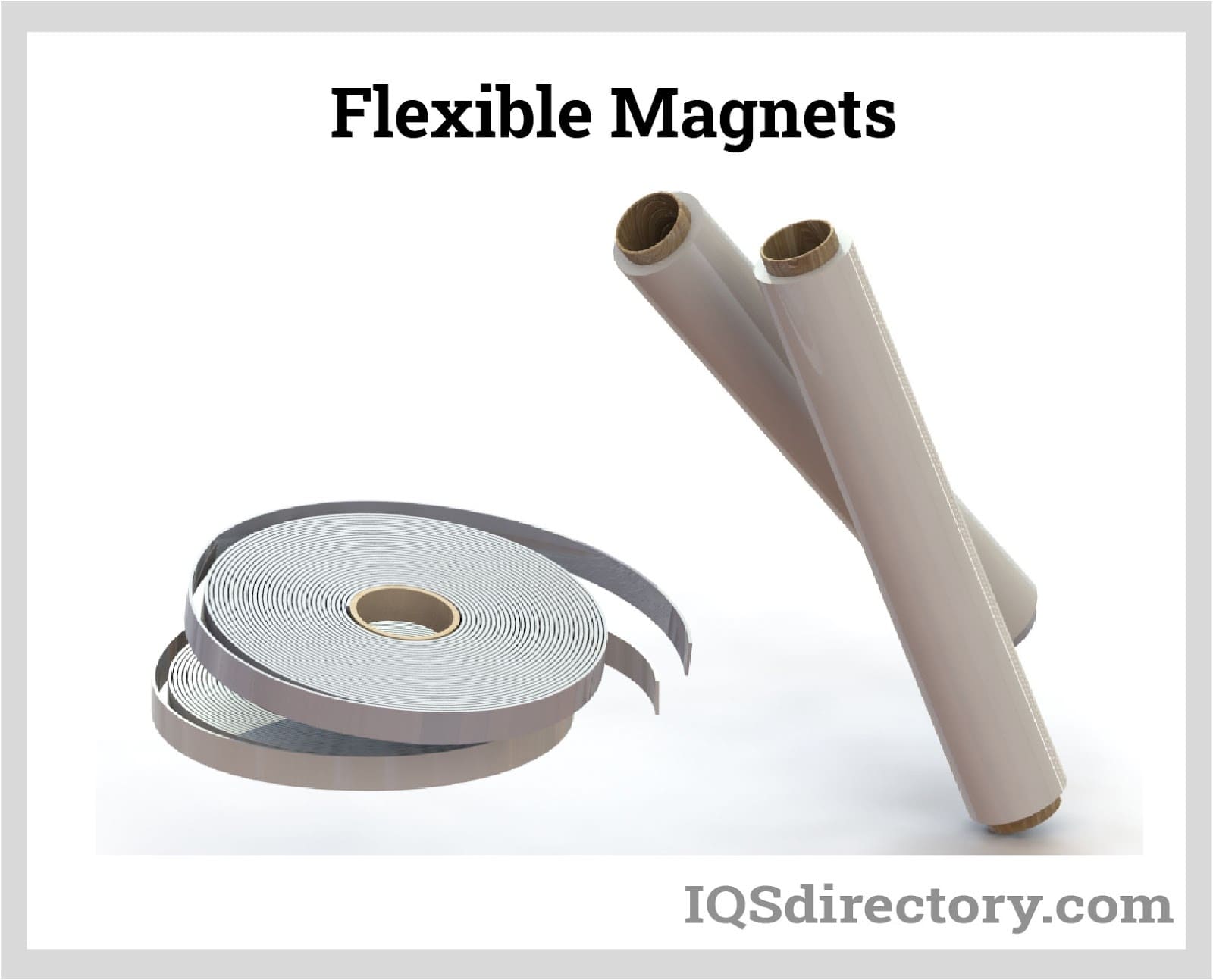
Flexible magnets are composite materials with magnetic components arranged in an elastomer matrix. They are made from a combination of rubber polymer resin and ferrite powder by forming it through...
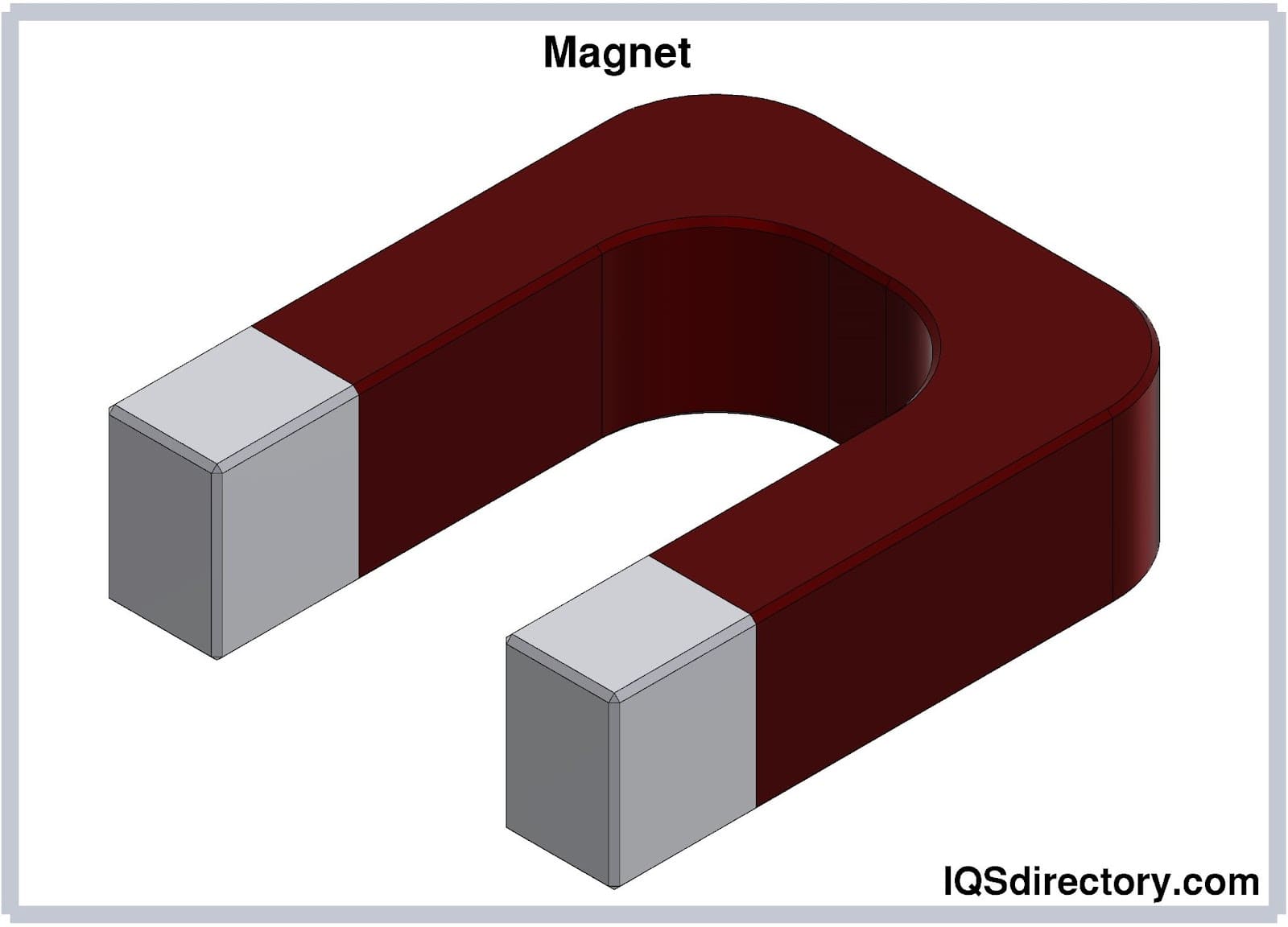
Magnets are materials that exert a noticeable force on other materials without physically contacting them. This force is called a magnetic force. The magnetic force can either attract or repel. Most known materials...
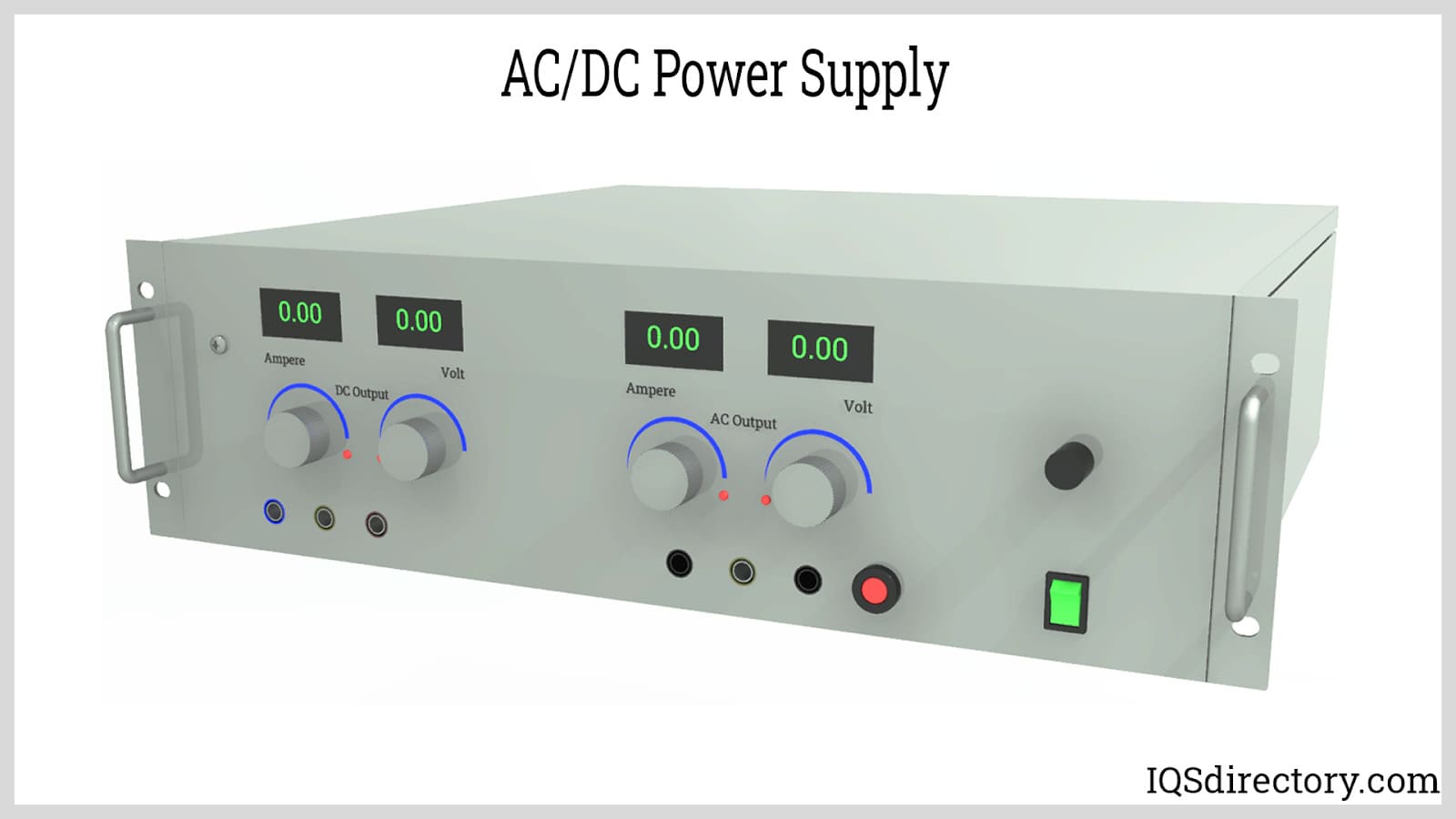
Power supplies are electrical circuits and devices that are designed to convert mains power or electricity from any electric source to specific values of voltage and current for the target device...
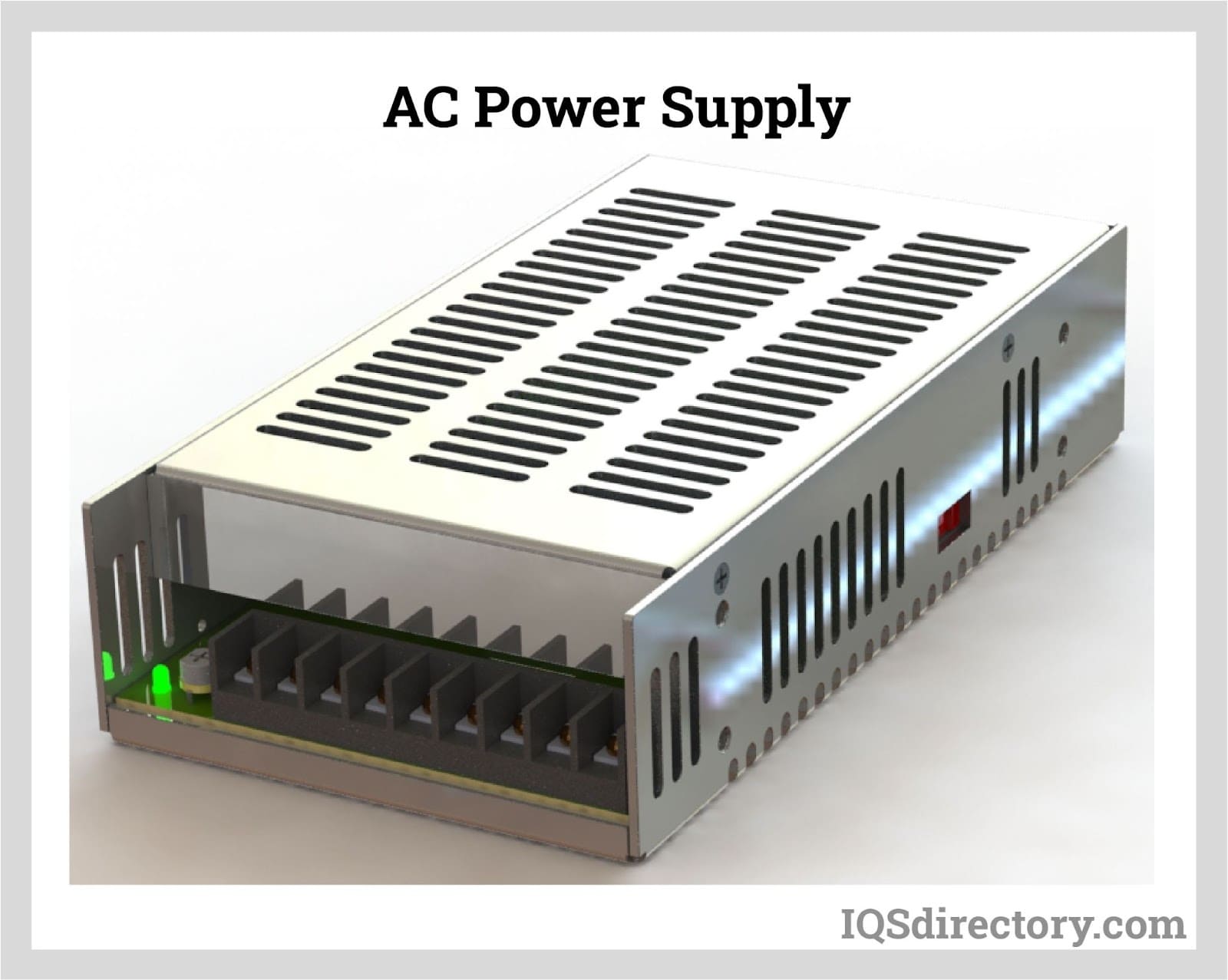
An AC power supply is a type of power supply used to supply alternating current (AC) power to a load. The power input may be in an AC or DC form. The power supplied from wall outlets (mains supply) and...
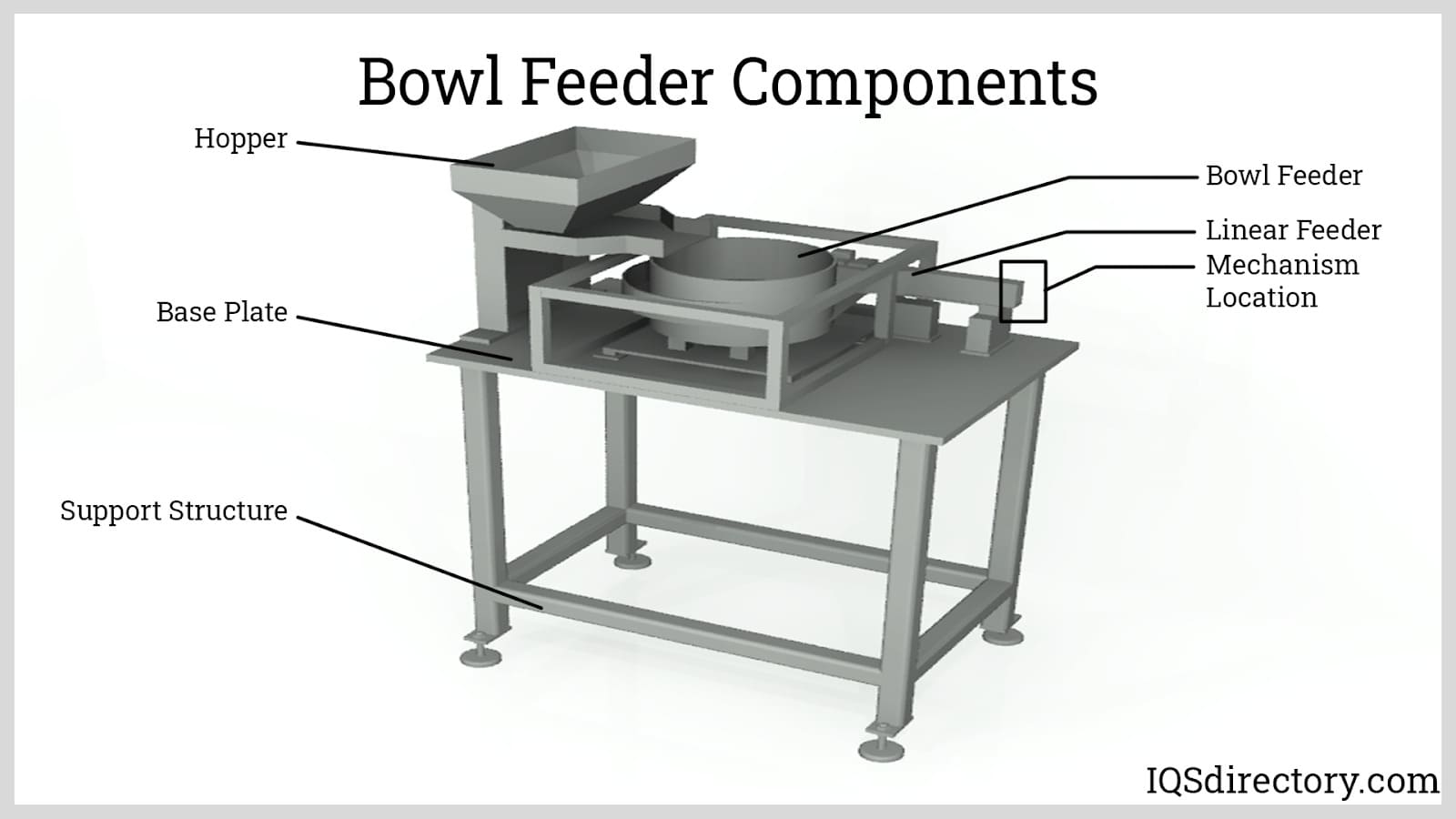
A bowl feeder is a mechanism for supplying small parts and components to a production line or for sorting bulk items for rapid use. A self contained bowl feeder system has a bowl that sets on a spring loaded base that moves vertically...
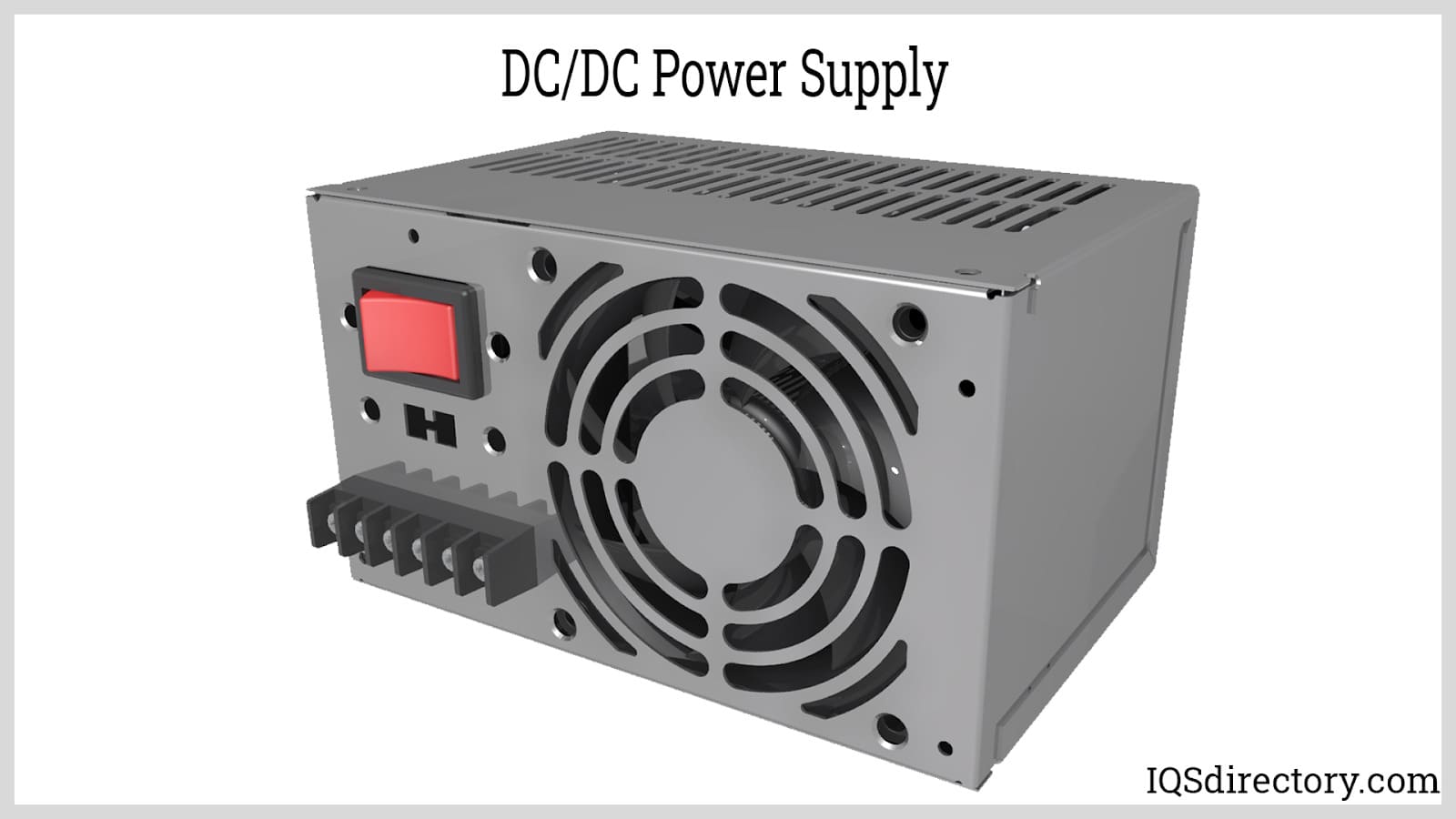
A DC DC power supply (also known as DC DC Converter) is a kind of DC power supply that uses DC voltage as input instead of AC/DC power supplies that rely on AC mains supply voltage as an input...
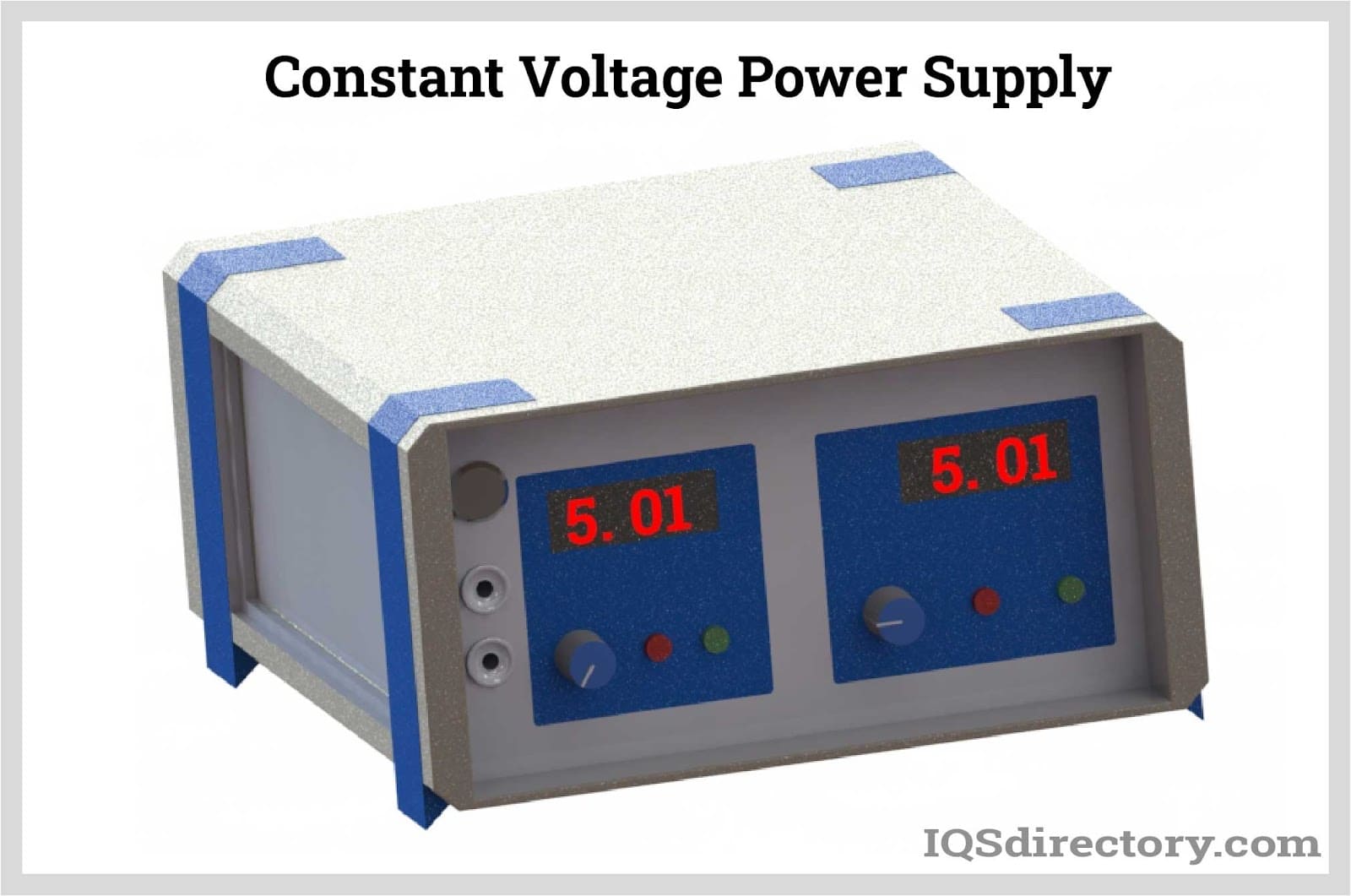
A DC power supply is a type of power supply that gives direct current (DC) voltage to power a device. Because DC power supply is commonly used on an engineer‘s or technician‘s bench for a ton of power tests...
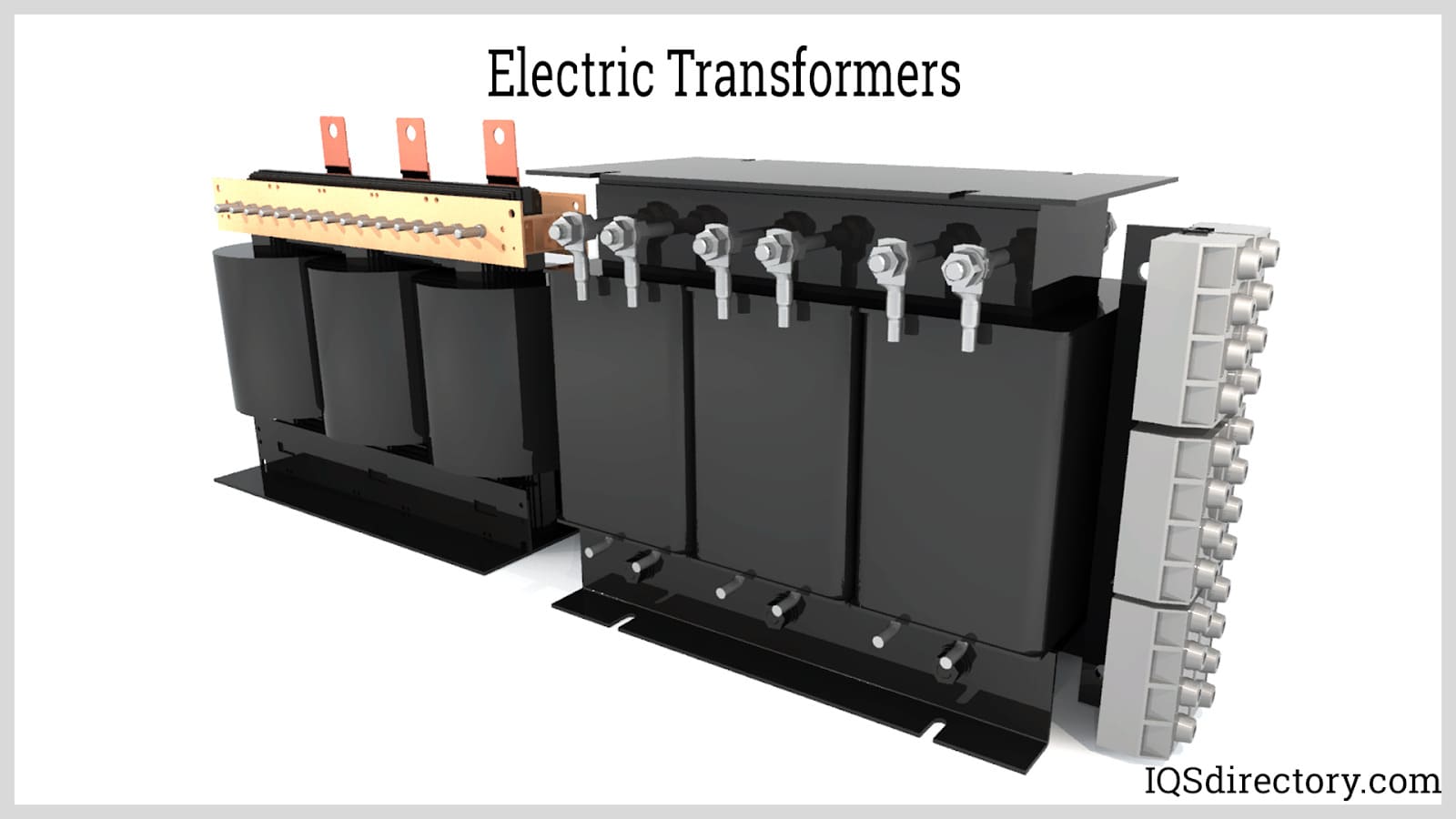
Electric transformers are static electrical machines that transform electric power from one circuit to the other without changing the frequency. An electrical transformer can increase or decrease the voltage with...
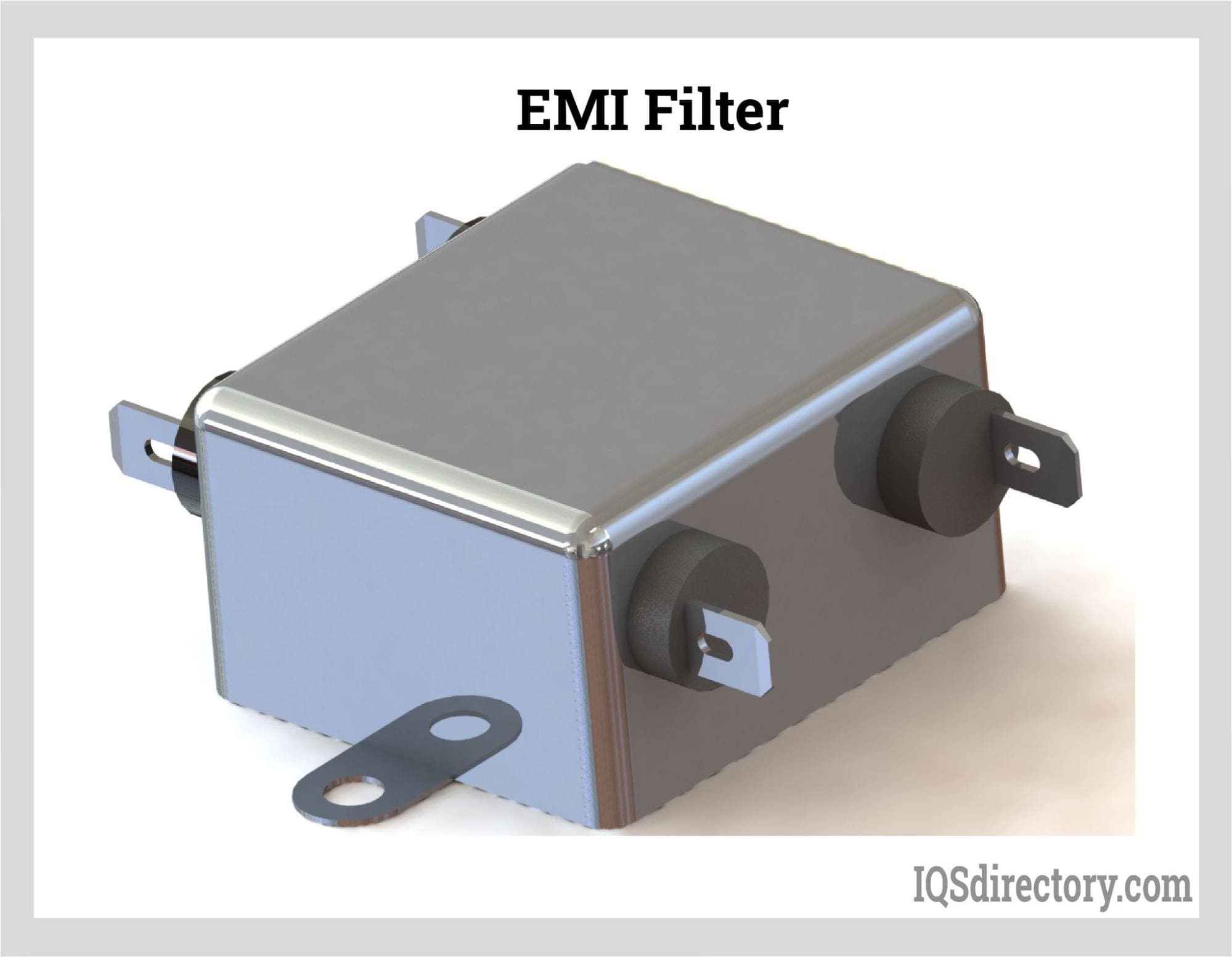
An electromagnetic interference or EMI Filter is an electrical device or circuit that filters specific unwanted frequencies in power lines or offending frequencies that are detrimental to a system. They receive AC or main power...
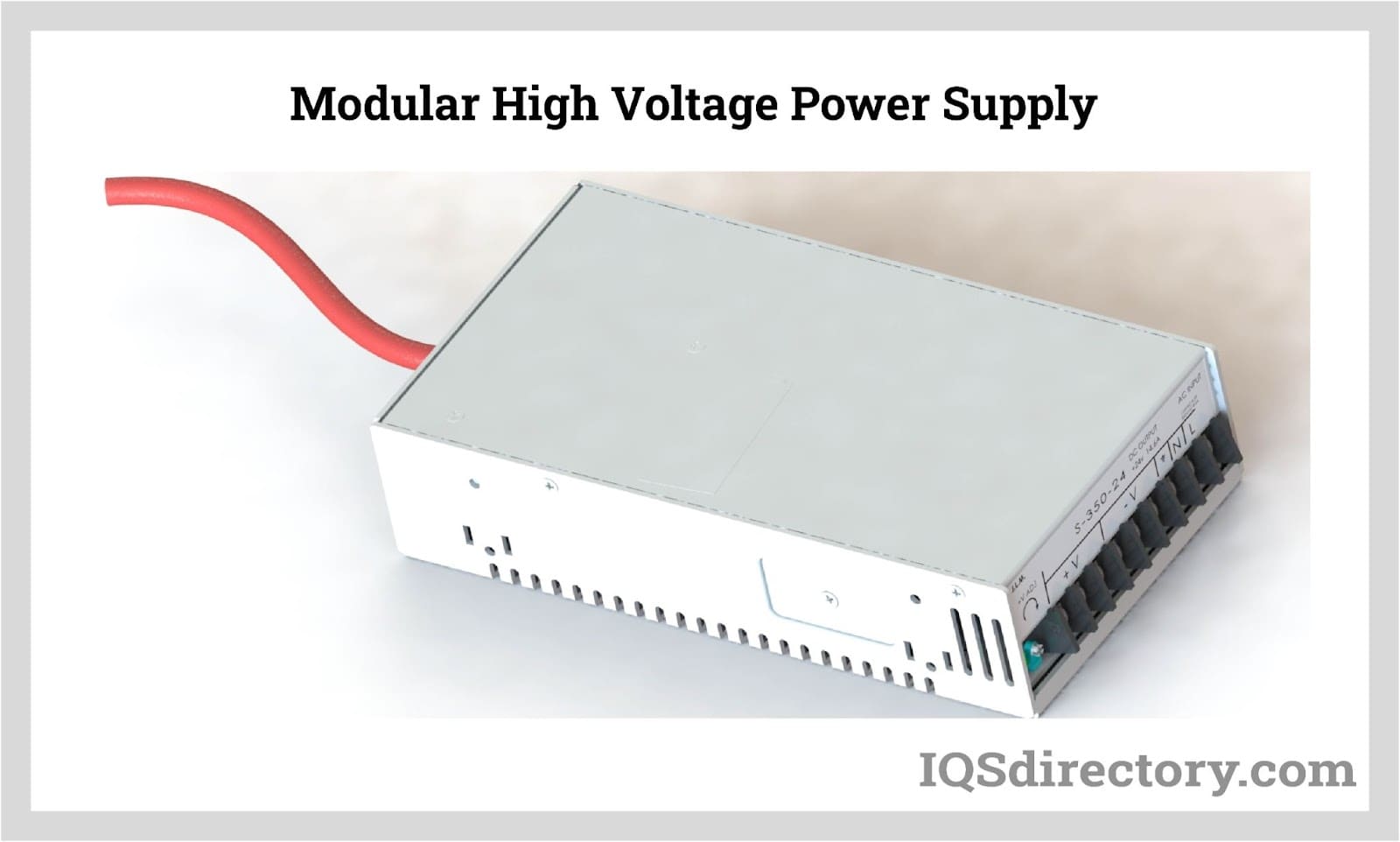
By definition a power supply is a device that is designed to supply electric power to an electrical load. An electrical load refers to an electrical device that uses up electric power. Such a device can be anything from...
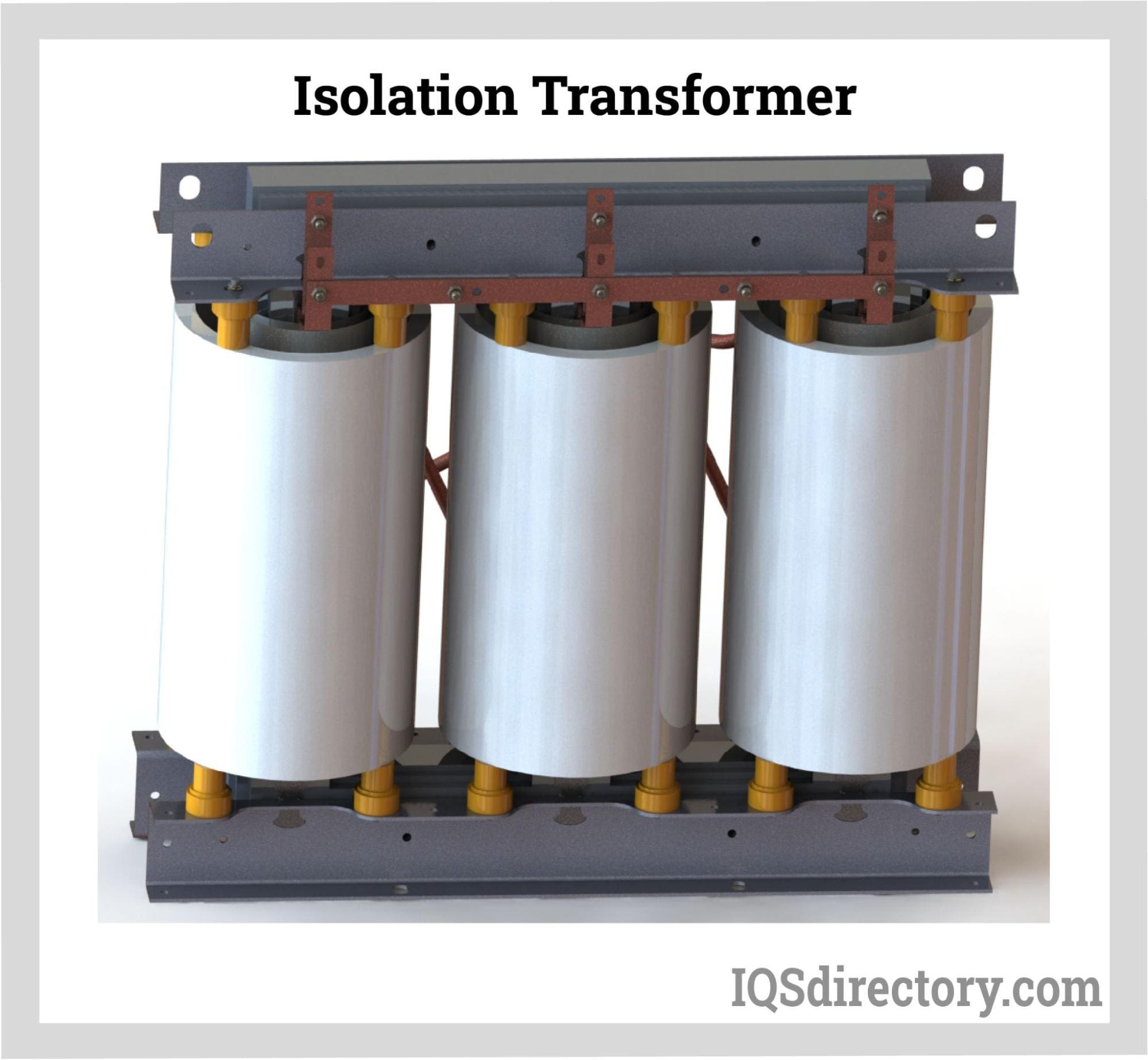
An isolation transformer, just like typical transformers, is a non-moving device that transmits electrical energy from one circuit to another without requiring any physical contact. It works on the idea of magnetic...
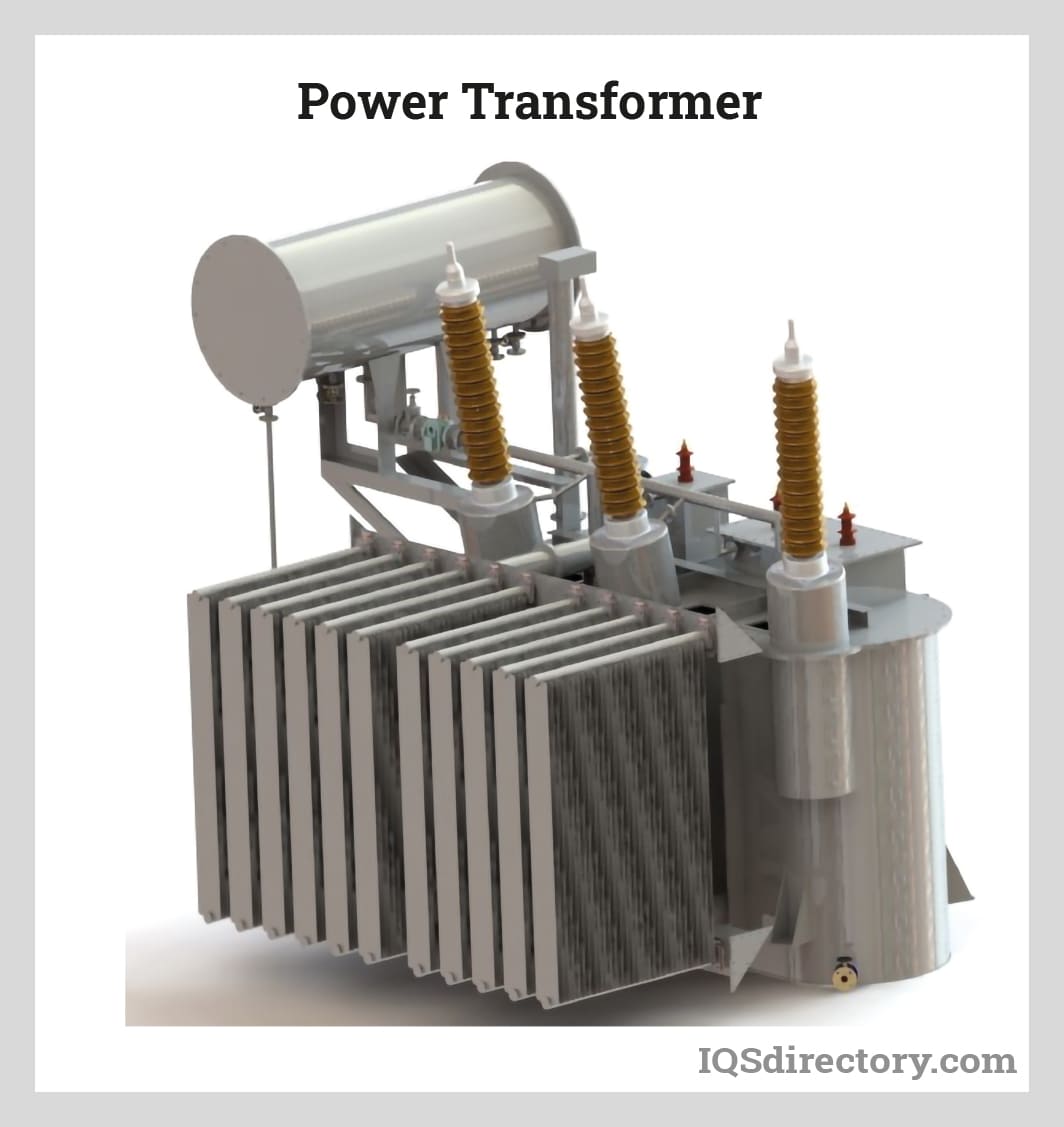
Power transformers are electrical instruments used in transmitting electrical power from one circuit to another without changing the frequency. They operate by the principle of electromagnetic induction. They are used in transmitting electrical power between...
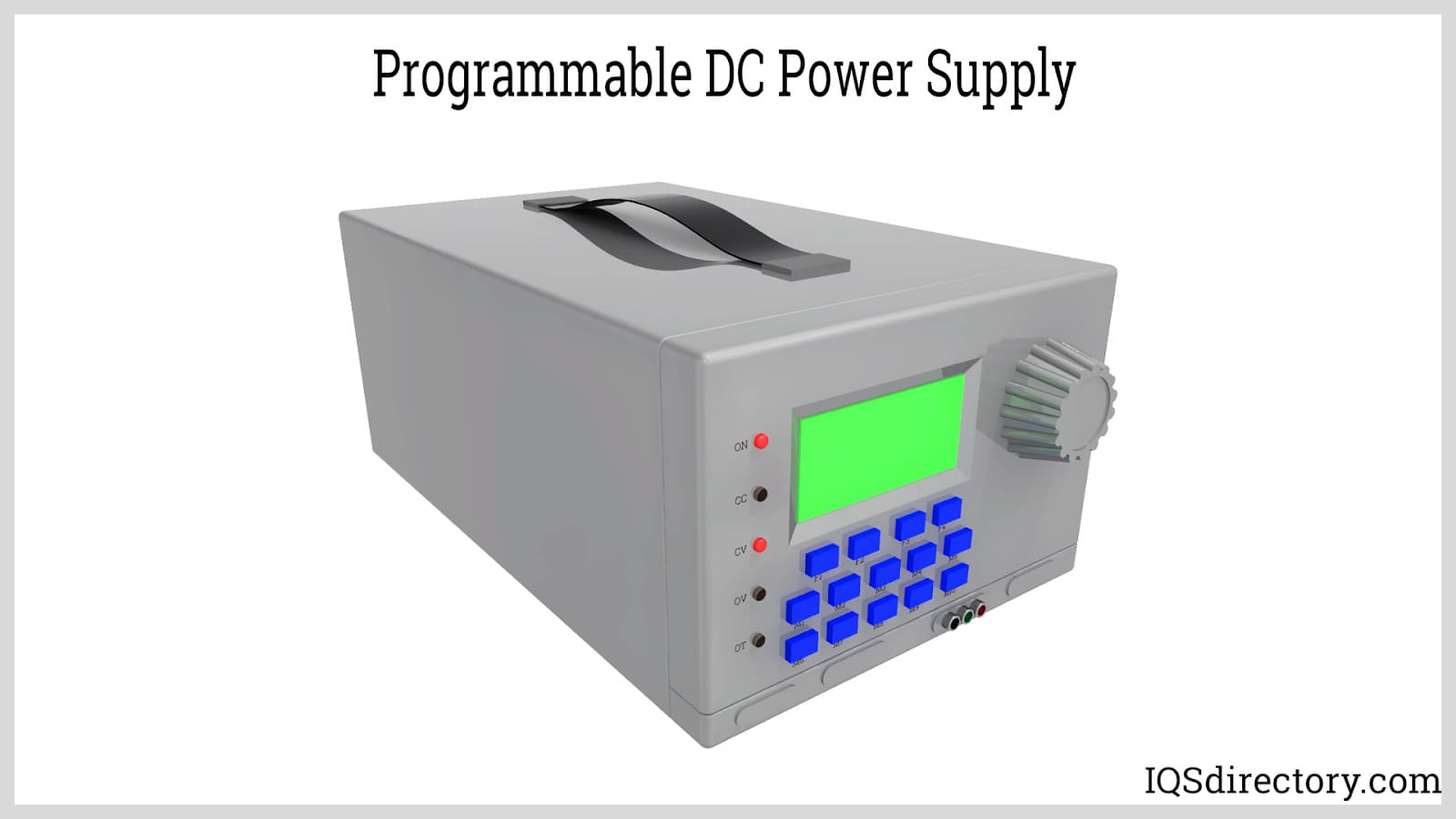
A programmable power supply is a method for controlling output voltage using an analog or digitally controlled signal using a keypad or rotary switch from the front panel of the power supply...
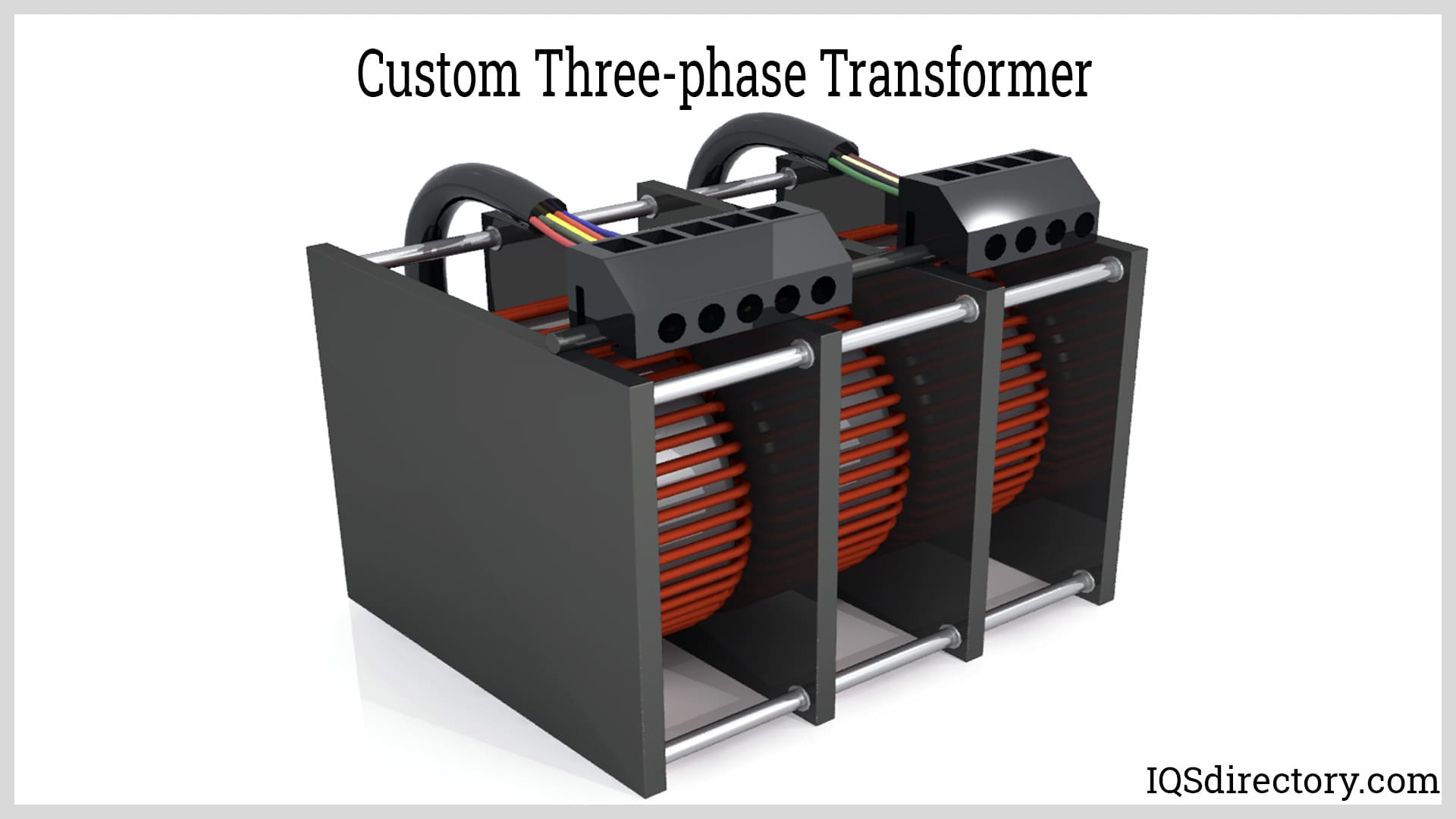
An electrical transformer is a passive machine that transfers electrical energy from one circuit to another using a magnetic flux to induce an electromotive force. Transformers are used to increase (step-up) or decrease (step-down) voltages without changing the frequency of the electric current...
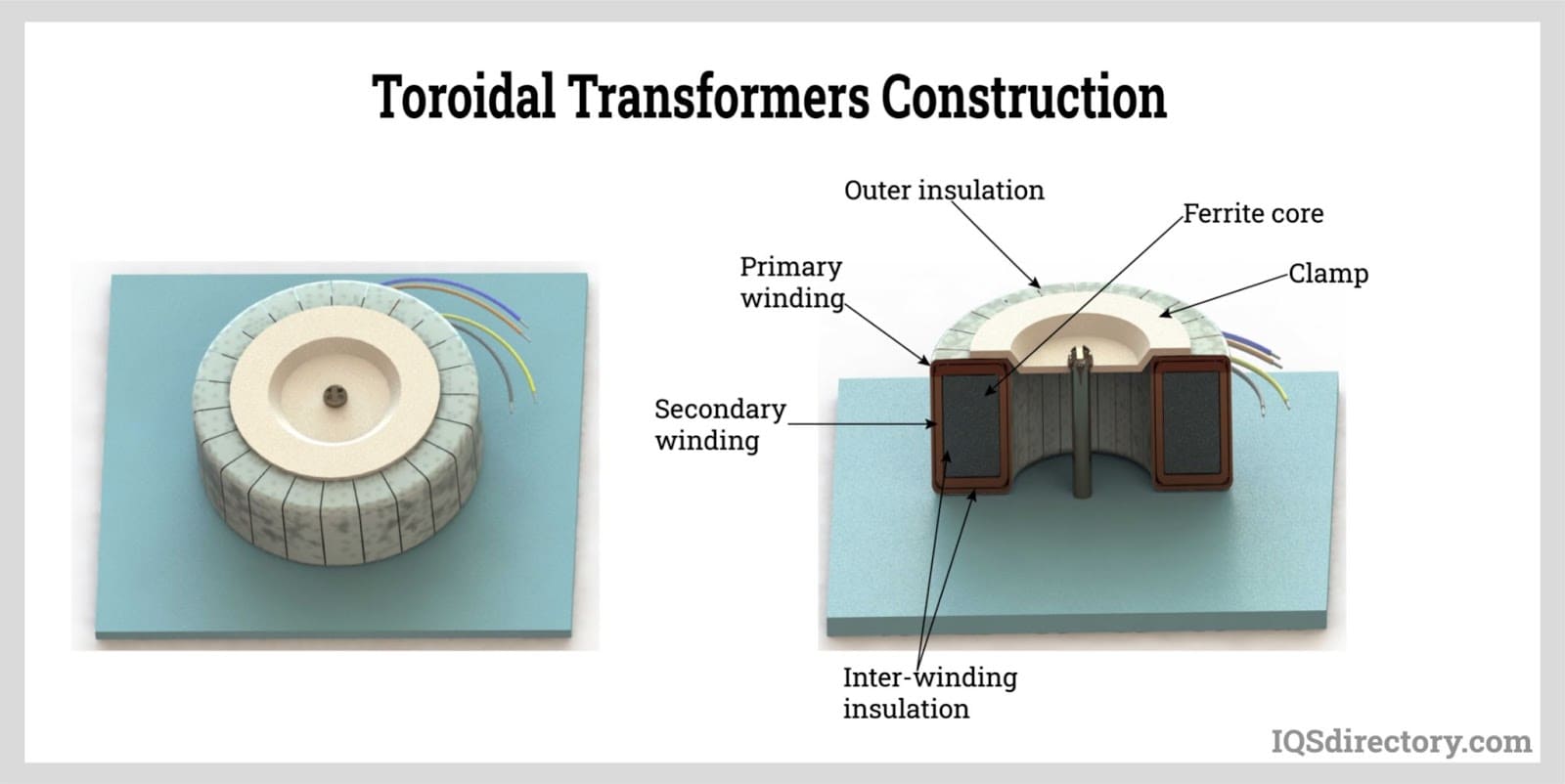
A toroidal transformer is a type of electrical transformer constructed with a torus or donut-shaped core. Its primary and secondary windings are wound across the entire surface of the torus core separated by an insulating material...
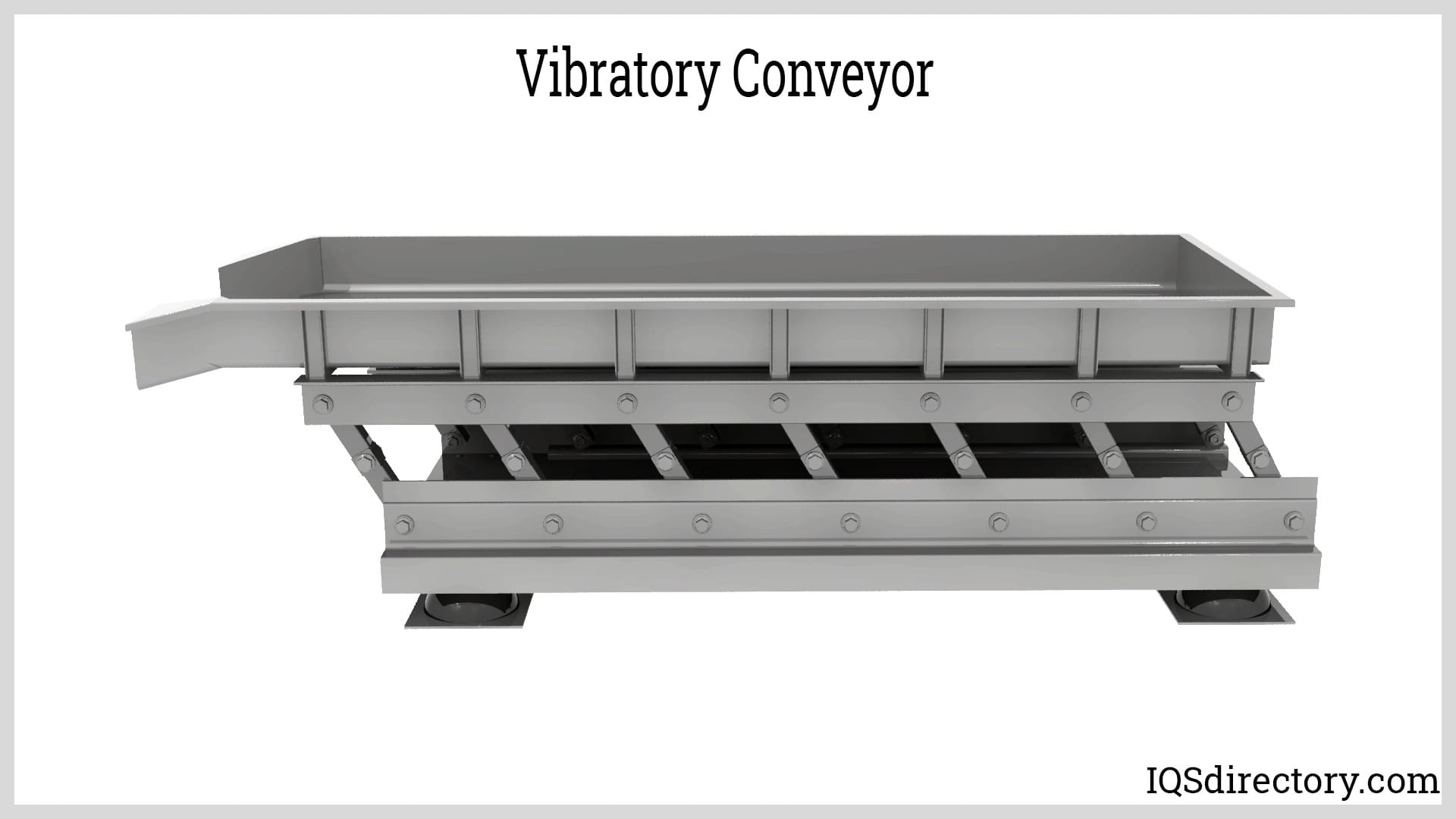
Vibratory conveyors are material-handling equipment used to transport fine to coarse-grained bulk materials. These vibratory conveyors are strong conveying equipment utilized for bulk commodities with fine to coarse graininess...
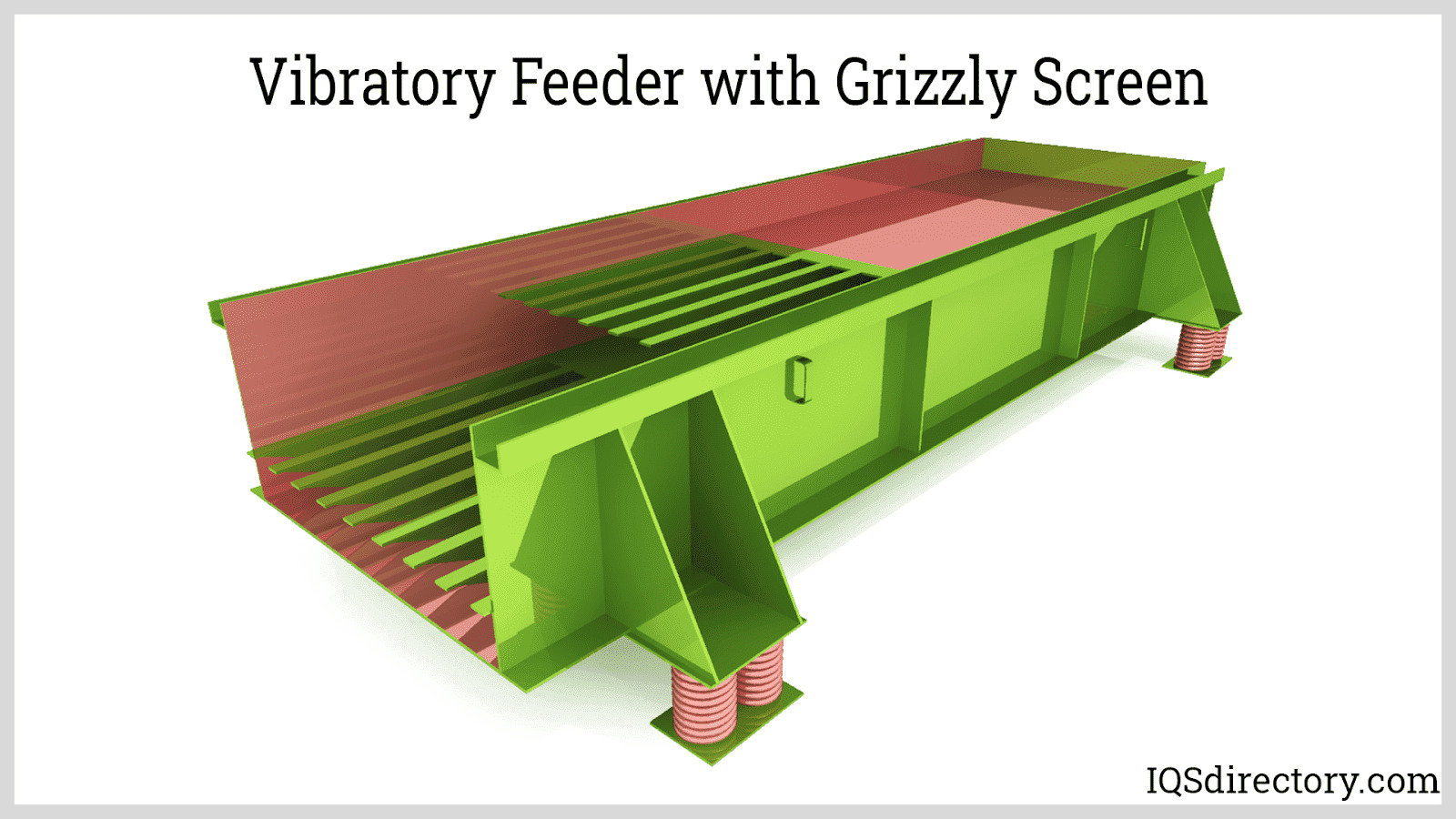
Vibratory feeders are short conveyors used to transport bulk materials utilizing a controlled vibratory force system and gravity. The vibrations impart a combination of horizontal and vertical acceleration through tossing, hopping, or sliding-type of action to the materials being handled...
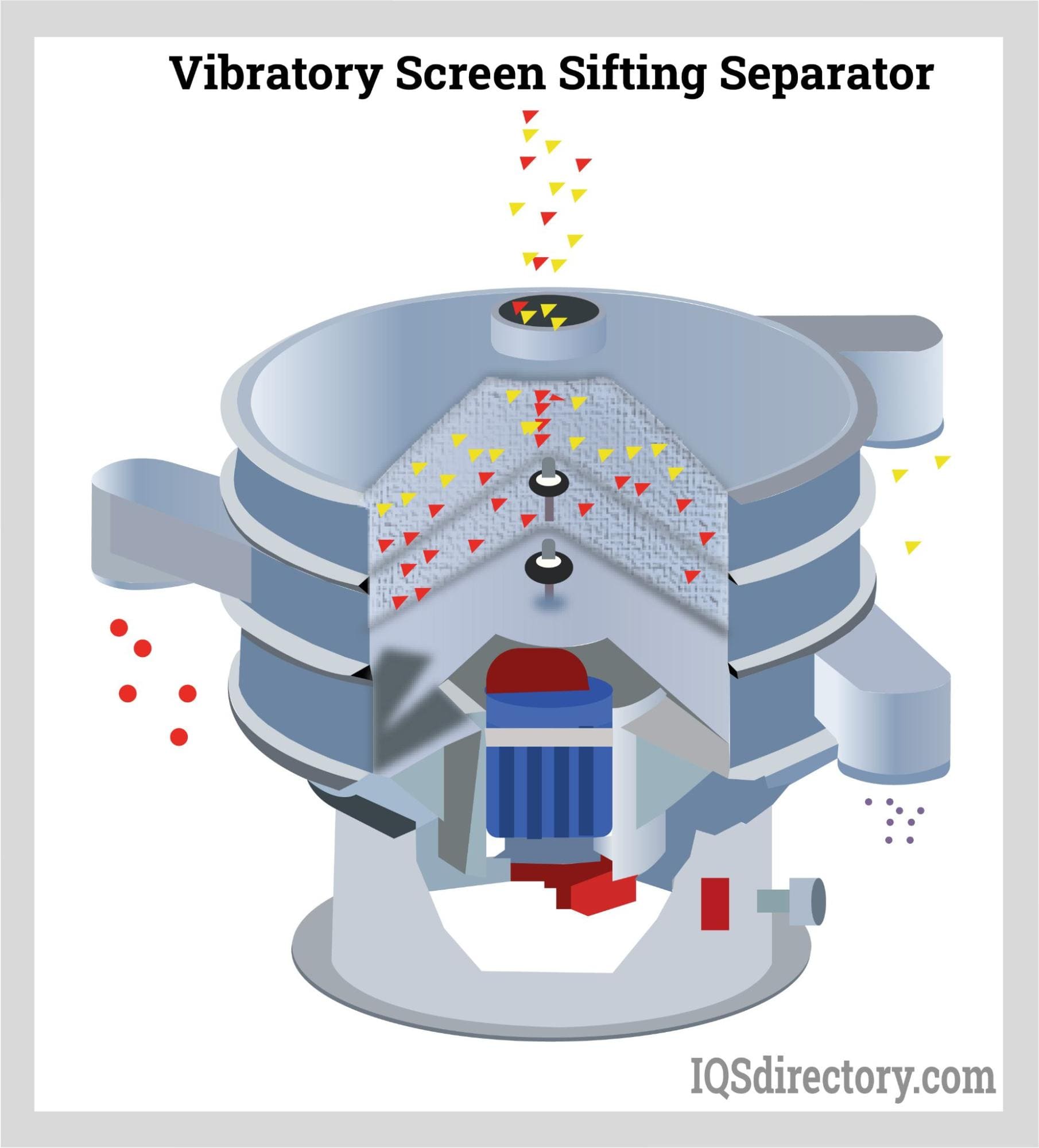
A vibratory screening is a process that separates bulk solid materials from solids and slurries using inertial vibration that causes various sizes of particles to pass through openings in a screen or...
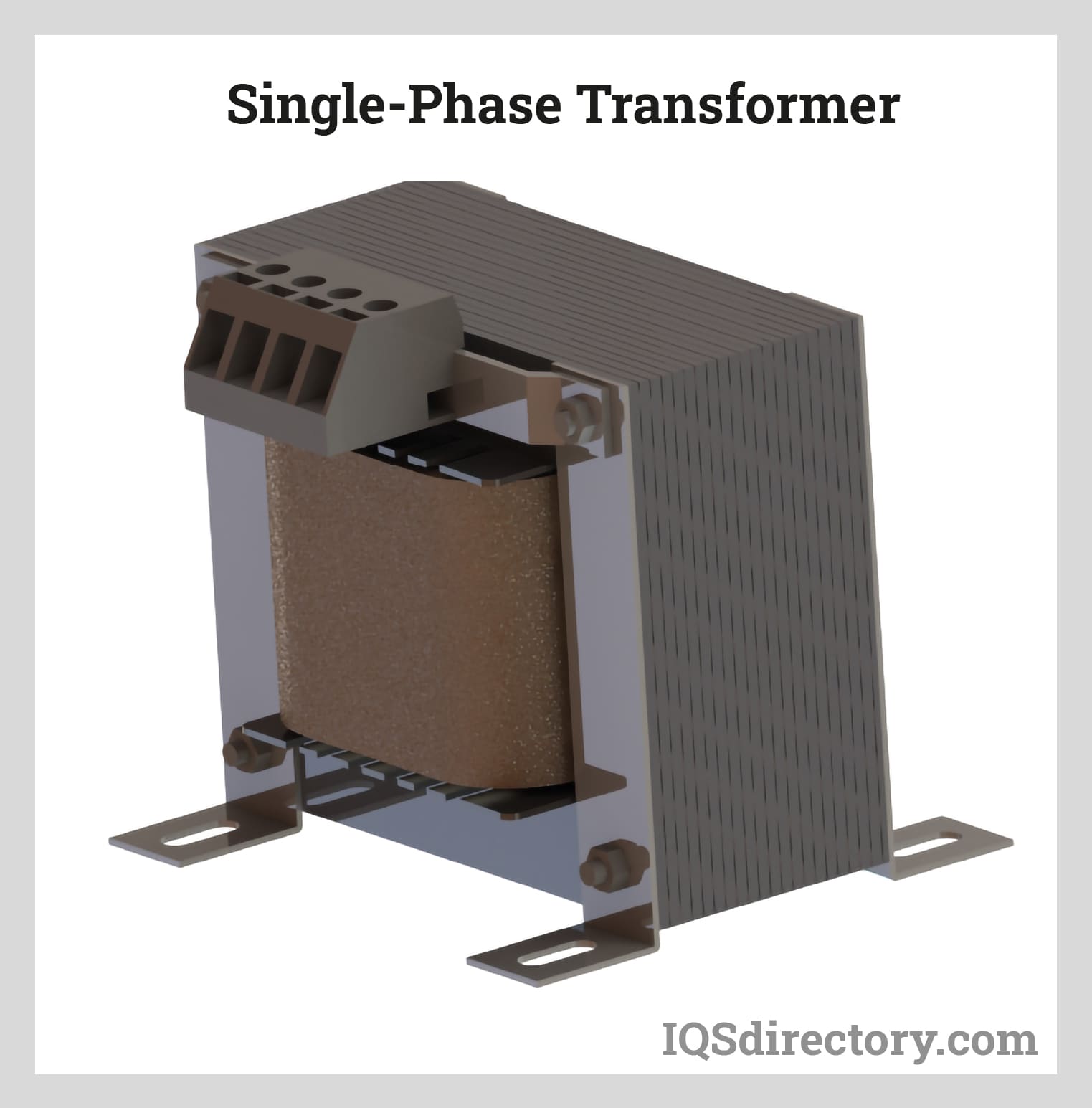
Electronically operated equipment depends on power transformers to convert electrical currents into voltage. Current transformers store and transport energy through power lines and grids...